|
New York: The gritty city howls
The gritty city howls
Just some randomness....
I saw the best minds of my generation destroyed by madness, starving hysterical naked, dragging themselves through the negro streets at dawn looking for an angry fix
All is well in El Barrio, Manhattan
 angelheaded hipsters burning for the ancient heavenly connection to the starry dynamo in the machinery of night, who poverty and tatters and hollow-eyed and high sat up smoking in the supernatural darkness of cold-water flats floating across the tops of cities contemplating jazz,
Cobblestone Alley, TriBeCa, Manhattan
angelheaded hipsters burning for the ancient heavenly connection to the starry dynamo in the machinery of night, who poverty and tatters and hollow-eyed and high sat up smoking in the supernatural darkness of cold-water flats floating across the tops of cities contemplating jazz,
Cobblestone Alley, TriBeCa, Manhattan
 who bared their brains to Heaven under the El and saw Mohammedan angels staggering on tenement roofs illuminated,
Life under the El, Woodhaven, Queens
who bared their brains to Heaven under the El and saw Mohammedan angels staggering on tenement roofs illuminated,
Life under the El, Woodhaven, Queens
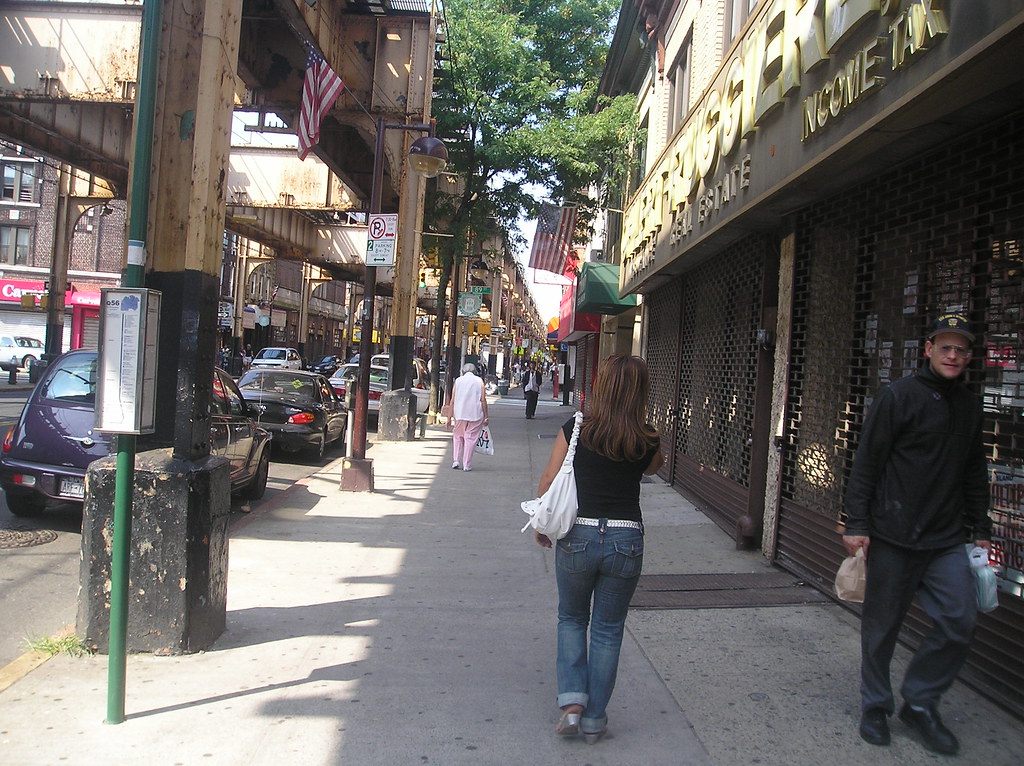 who passed through universities with radiant cool eyes hallucinating Arkansas and Blake-light tragedy among the scholars of war,
Promotion, Gowanus Brooklyn
who passed through universities with radiant cool eyes hallucinating Arkansas and Blake-light tragedy among the scholars of war,
Promotion, Gowanus Brooklyn
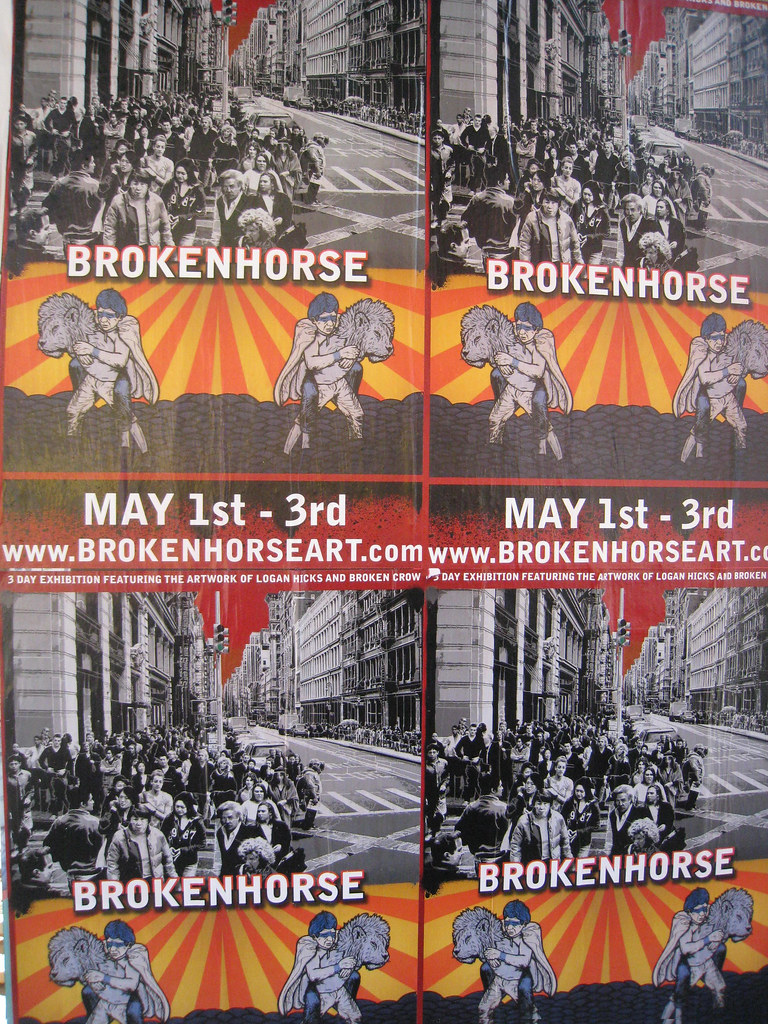 who were expelled from the academies for crazy & publishing obscene odes on the windows of the skull,
Downtown in Brooklyn
who were expelled from the academies for crazy & publishing obscene odes on the windows of the skull,
Downtown in Brooklyn
 who cowered in unshaven rooms in underwear, burning their money in wastebaskets and listening to the Terror through the wall,
Kinky, SoHo, Manhattan
who cowered in unshaven rooms in underwear, burning their money in wastebaskets and listening to the Terror through the wall,
Kinky, SoHo, Manhattan
 who got busted in their pubic beards returning through Laredo with a belt of marijuana for New York,
Soundbuys in the Hub, South Bronx
who got busted in their pubic beards returning through Laredo with a belt of marijuana for New York,
Soundbuys in the Hub, South Bronx
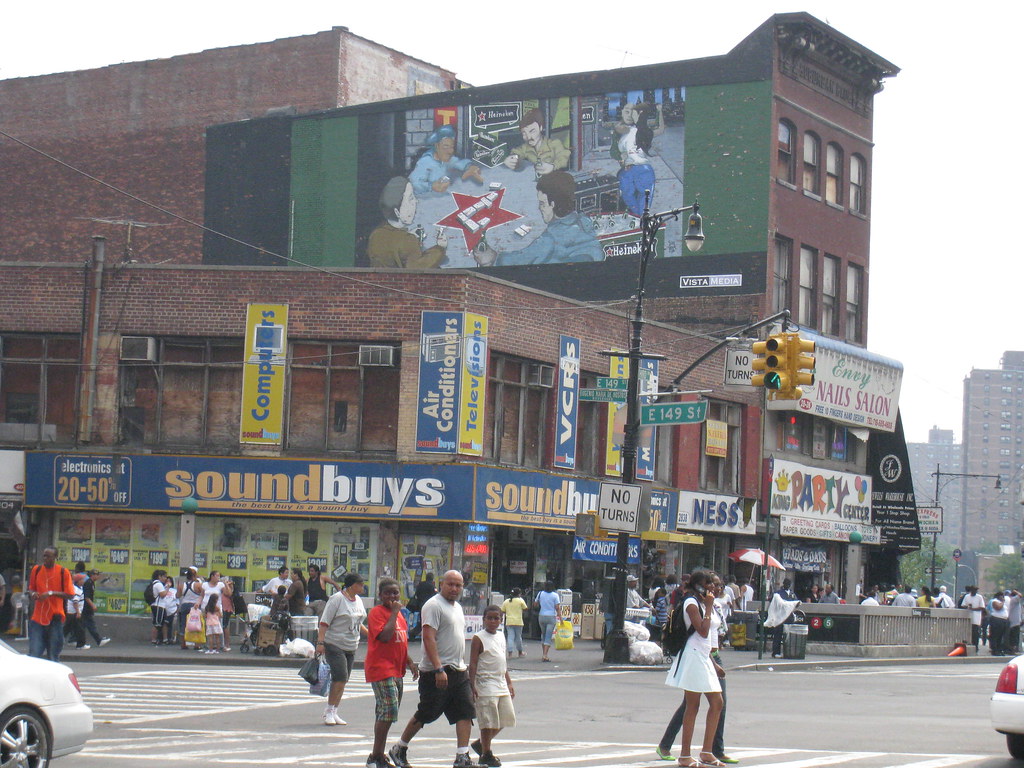 who ate fire in paint hotels or drank turpentine in Paradise Alley, death, or purgatoried their torsos night after night,
West End density, Long Beach, Long Island
who ate fire in paint hotels or drank turpentine in Paradise Alley, death, or purgatoried their torsos night after night,
West End density, Long Beach, Long Island
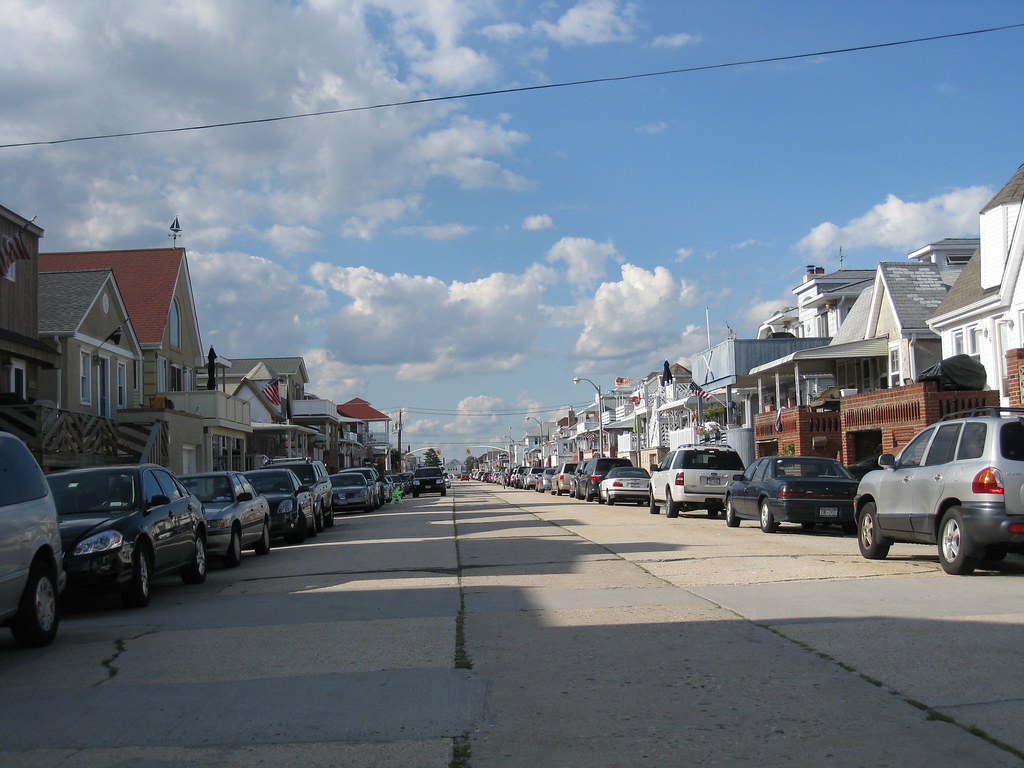 with dreams, with drugs, with waking nightmares, alcohol and cock and endless balls, incomparable blind; streets of shuddering cloud and lightning in the mind leaping toward poles of Canada & Paterson, illuminating all the mo tionless world of Time between,
Luxury rises above abandonment, Jersey City
with dreams, with drugs, with waking nightmares, alcohol and cock and endless balls, incomparable blind; streets of shuddering cloud and lightning in the mind leaping toward poles of Canada & Paterson, illuminating all the mo tionless world of Time between,
Luxury rises above abandonment, Jersey City
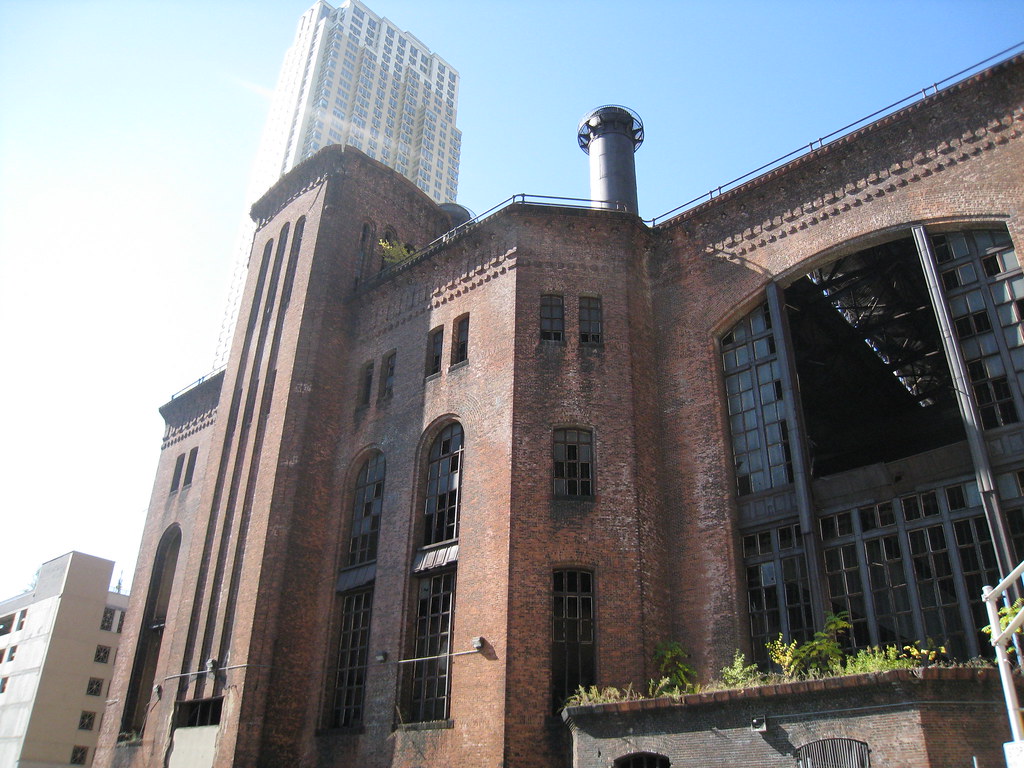 Peyote solidities of halls, backyard green tree cemetery dawns, wine ,drunkenness over the rooftops, storefront boroughs of teahead joyride neon blinking traffic light, sun and moon and tree vibrations in the roaring winter dusks of Brooklyn, ashcan rantings and kind king light of mind,
Peyote solidities of halls, backyard green tree cemetery dawns, wine ,drunkenness over the rooftops, storefront boroughs of teahead joyride neon blinking traffic light, sun and moon and tree vibrations in the roaring winter dusks of Brooklyn, ashcan rantings and kind king light of mind,
Unattended mail cart on a rainy Park Slope street, Brooklyn
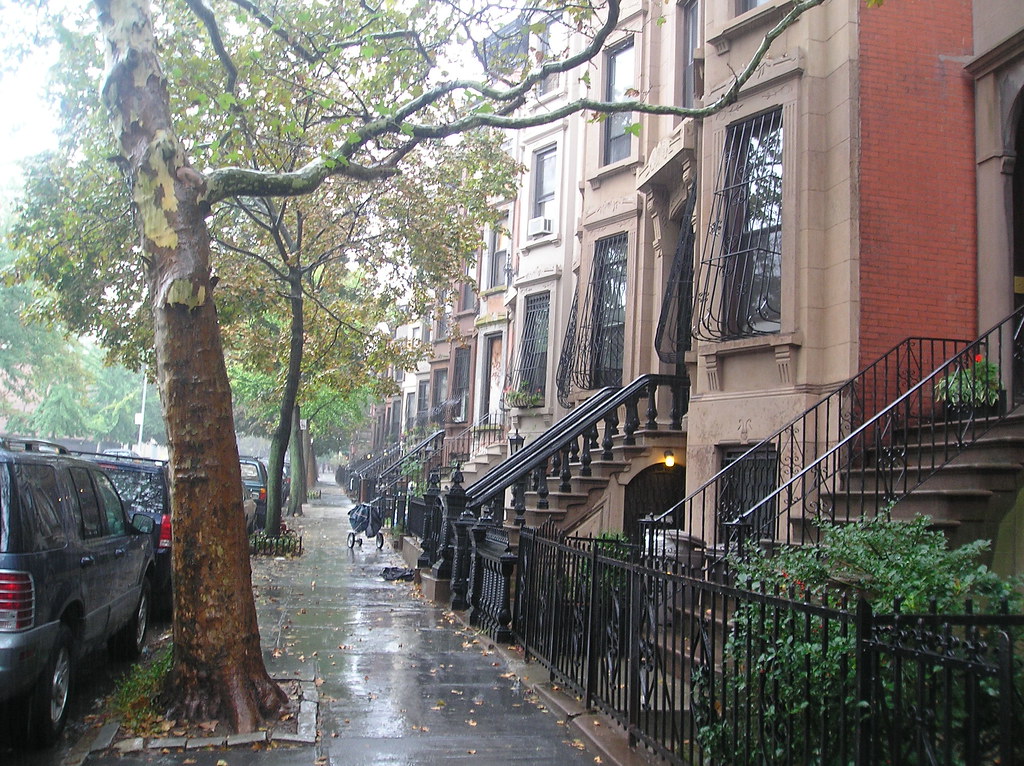 who chained themselves to subways for the endless ride from Battery to holy Bronx on benzedrine until the noise of wheels and children brought them down shuddering mouth-wracked and battered bleak of brain all drained of brilliance in the drear light of Zoo,
American steel, Olinville in the Bronx
who chained themselves to subways for the endless ride from Battery to holy Bronx on benzedrine until the noise of wheels and children brought them down shuddering mouth-wracked and battered bleak of brain all drained of brilliance in the drear light of Zoo,
American steel, Olinville in the Bronx
 who sank all night in submarine light of Bickford's floated out and sat through the stale beer afternoon in desolate Fugazzi's, listening to the crack of doom on the hydrogen jukebox,
The cranes of the port, Newark Bay from Bayonne, New Jersey
who sank all night in submarine light of Bickford's floated out and sat through the stale beer afternoon in desolate Fugazzi's, listening to the crack of doom on the hydrogen jukebox,
The cranes of the port, Newark Bay from Bayonne, New Jersey
 who talked continuously seventy hours from park topad to bar to Bellevue to museum to the Brooklyn Bridge, lost battalion of platonic conversationalists jumping down the stoops off fire escapes off windowsills off Empire State out of the moon,
Some bridge in Brooklyn
who talked continuously seventy hours from park topad to bar to Bellevue to museum to the Brooklyn Bridge, lost battalion of platonic conversationalists jumping down the stoops off fire escapes off windowsills off Empire State out of the moon,
Some bridge in Brooklyn
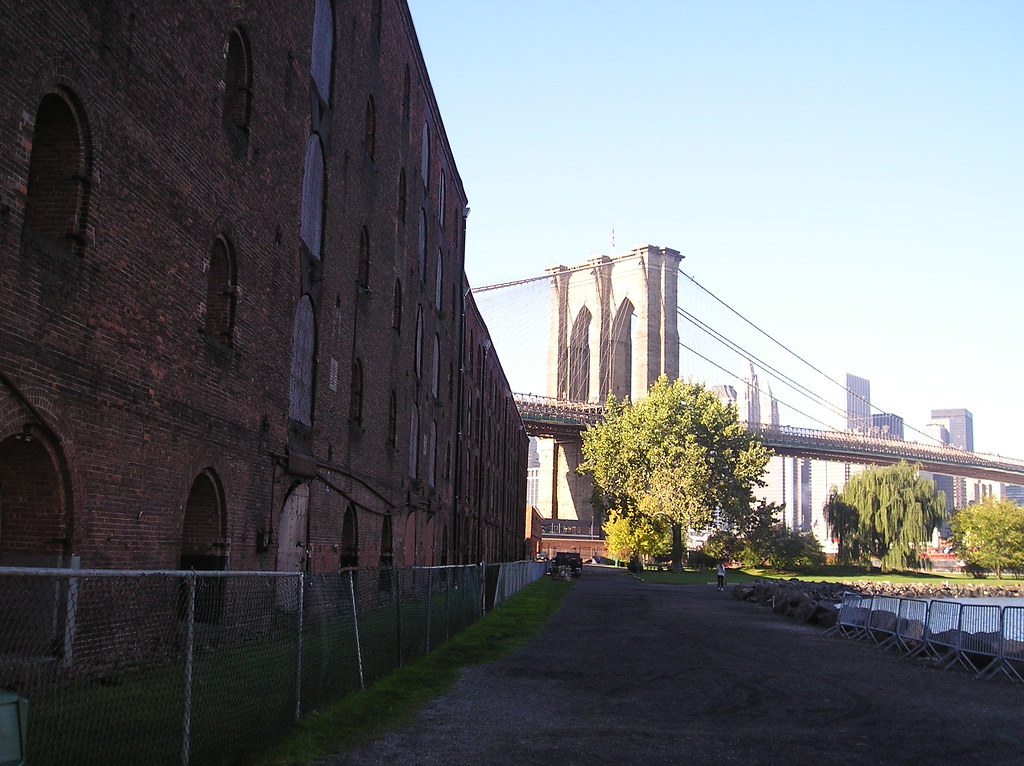 yacketayakking screaming vomiting whispering facts and memories and anecdotes and eyeball kicks and shocks of hospitals and jails and wars, whole intellects disgorged in total recall for seven days
yacketayakking screaming vomiting whispering facts and memories and anecdotes and eyeball kicks and shocks of hospitals and jails and wars, whole intellects disgorged in total recall for seven days
and nights with brilliant eyes, meat for the Synagogue cast on the pavement,
Someone’s shit, Hunts Point, The Bronx
 who vanished into nowhere Zen New Jersey leaving a trail of ambiguous picture postcards of Atlantic City hall,suffering Eastern sweats and Tangerian bone-grind-ings and migraines of China under junk-with-drawal in Newark's bleak furnished room,
Eye candy, Downtown Newark, New Jersey
who vanished into nowhere Zen New Jersey leaving a trail of ambiguous picture postcards of Atlantic City hall,suffering Eastern sweats and Tangerian bone-grind-ings and migraines of China under junk-with-drawal in Newark's bleak furnished room,
Eye candy, Downtown Newark, New Jersey
 who wandered around and around at midnight in the railroad yard wondering where to go, and went, leaving no broken hearts,
A disheartening message in WALDO, The power and lights district, Jersey City
who wandered around and around at midnight in the railroad yard wondering where to go, and went, leaving no broken hearts,
A disheartening message in WALDO, The power and lights district, Jersey City
 who lit cigarettes in boxcars boxcars boxcars racketing through snow toward lonesome farms in grandfather night,
The old station under the monster, Grand Central Terminal, Manhattan
who lit cigarettes in boxcars boxcars boxcars racketing through snow toward lonesome farms in grandfather night,
The old station under the monster, Grand Central Terminal, Manhattan
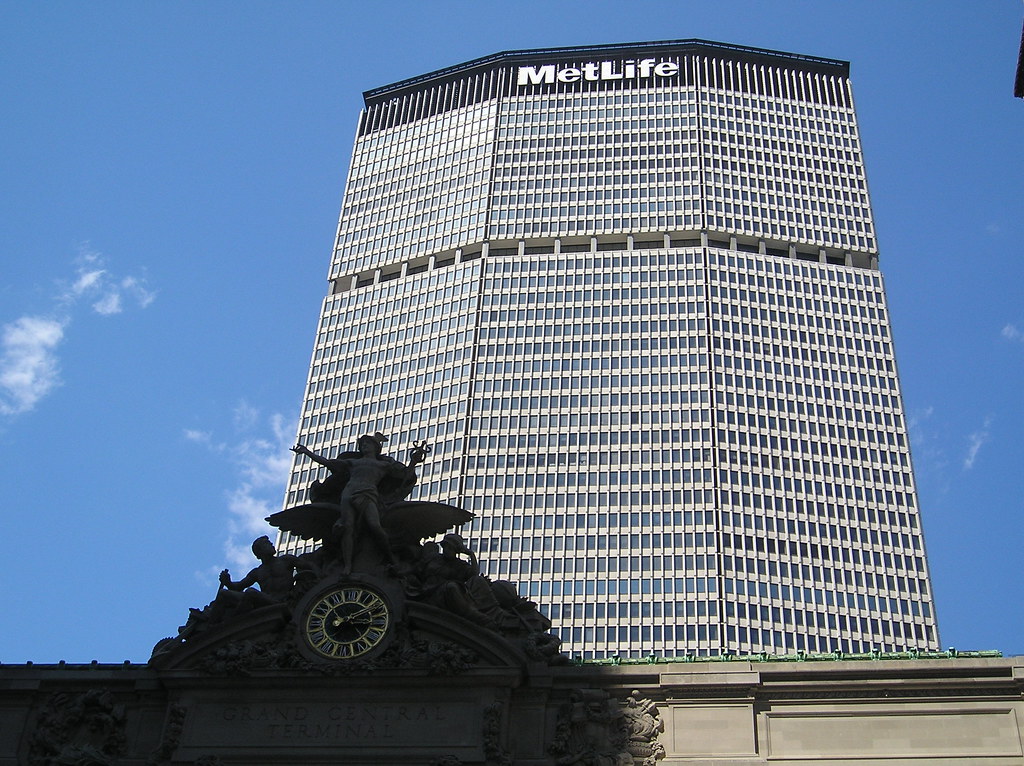 who studied Plotinus Poe St. John of the Cross telepathy and bop kabbalah because the cosmos instinctively vibrated at their feet in Kansas,
Goldman Sachs of Exchange Place terminates the view, south down 11th Avenue in Hell’s Kitchen
who studied Plotinus Poe St. John of the Cross telepathy and bop kabbalah because the cosmos instinctively vibrated at their feet in Kansas,
Goldman Sachs of Exchange Place terminates the view, south down 11th Avenue in Hell’s Kitchen
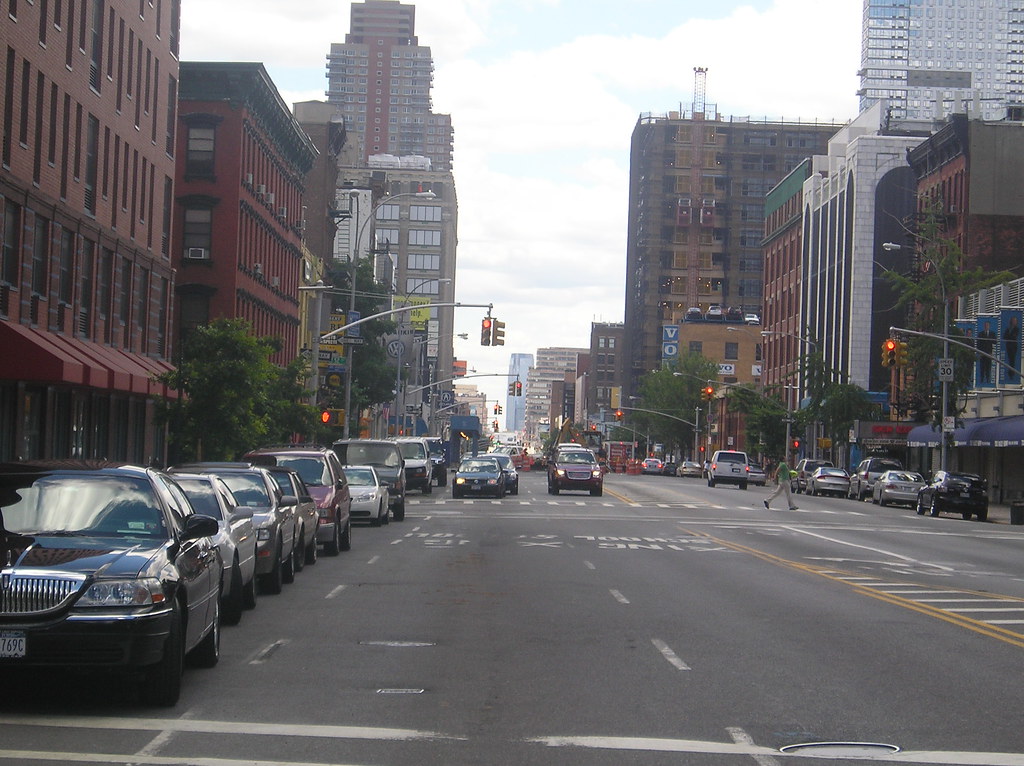 who loned it through the streets of Idaho seeking visionary indian angels who were visionary indian angels,
The financial district looms
who loned it through the streets of Idaho seeking visionary indian angels who were visionary indian angels,
The financial district looms
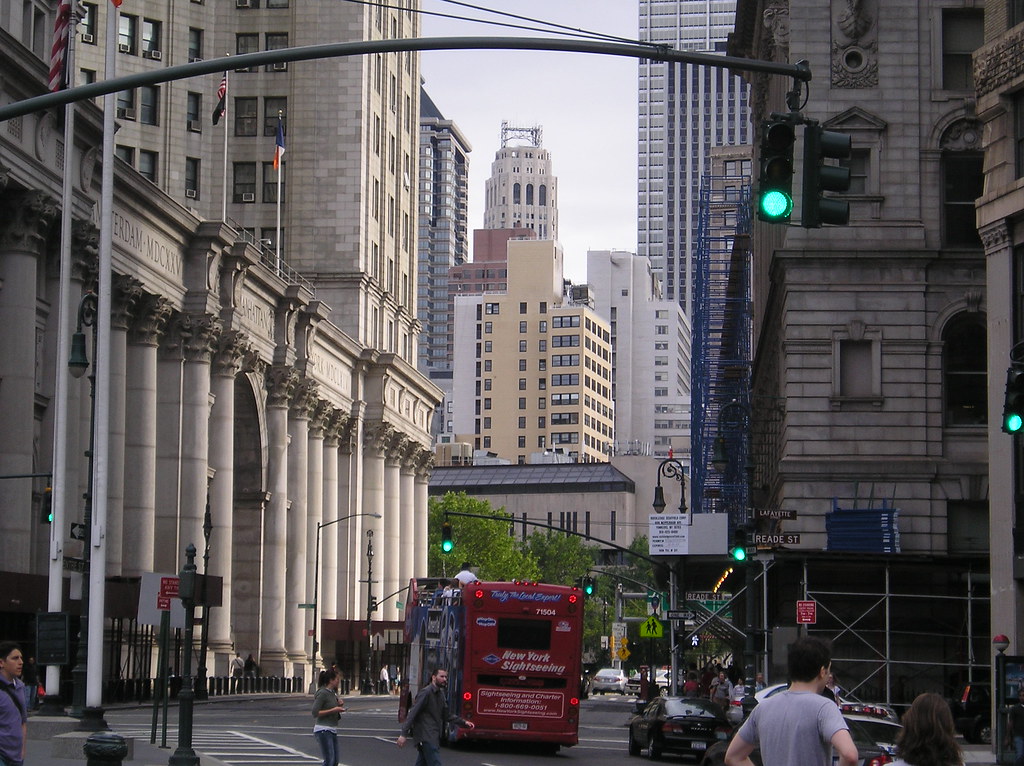 who thought they were only mad when Baltimore gleamed in supernatural ecstasy,
Boxed in at Times Square, Manhattan
who thought they were only mad when Baltimore gleamed in supernatural ecstasy,
Boxed in at Times Square, Manhattan
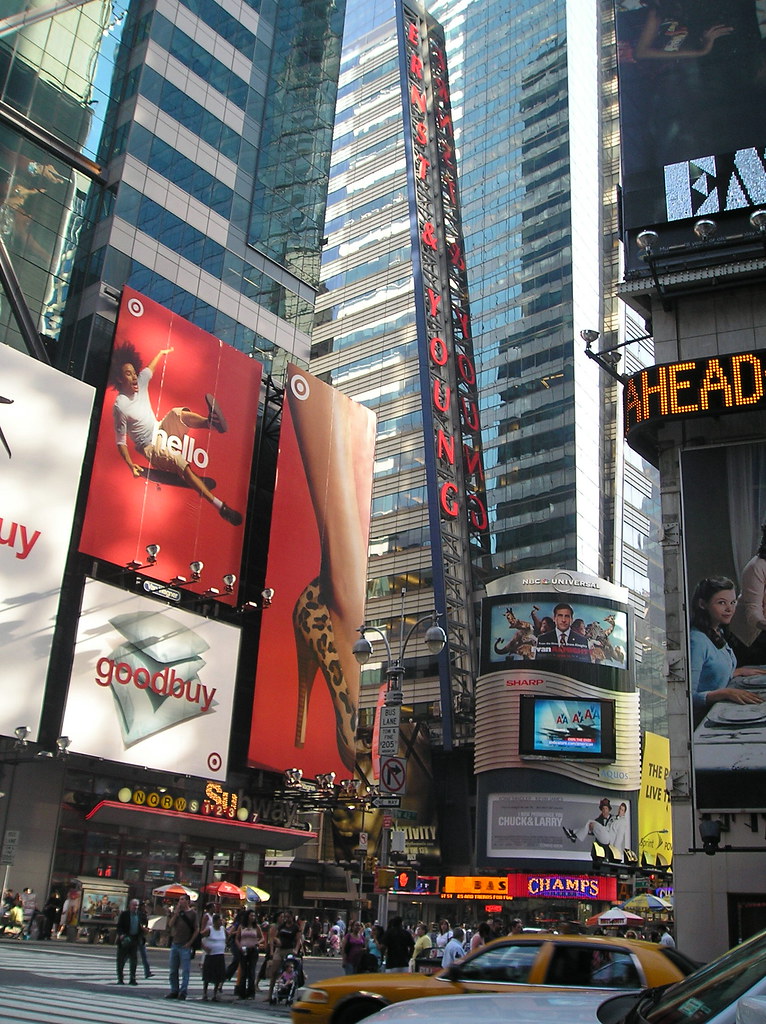 who jumped in limousines with the Chinaman of Oklahoma on the impulse of winter midnight street light smalltown rain,
Chinatown hustle, Manhattan
who jumped in limousines with the Chinaman of Oklahoma on the impulse of winter midnight street light smalltown rain,
Chinatown hustle, Manhattan
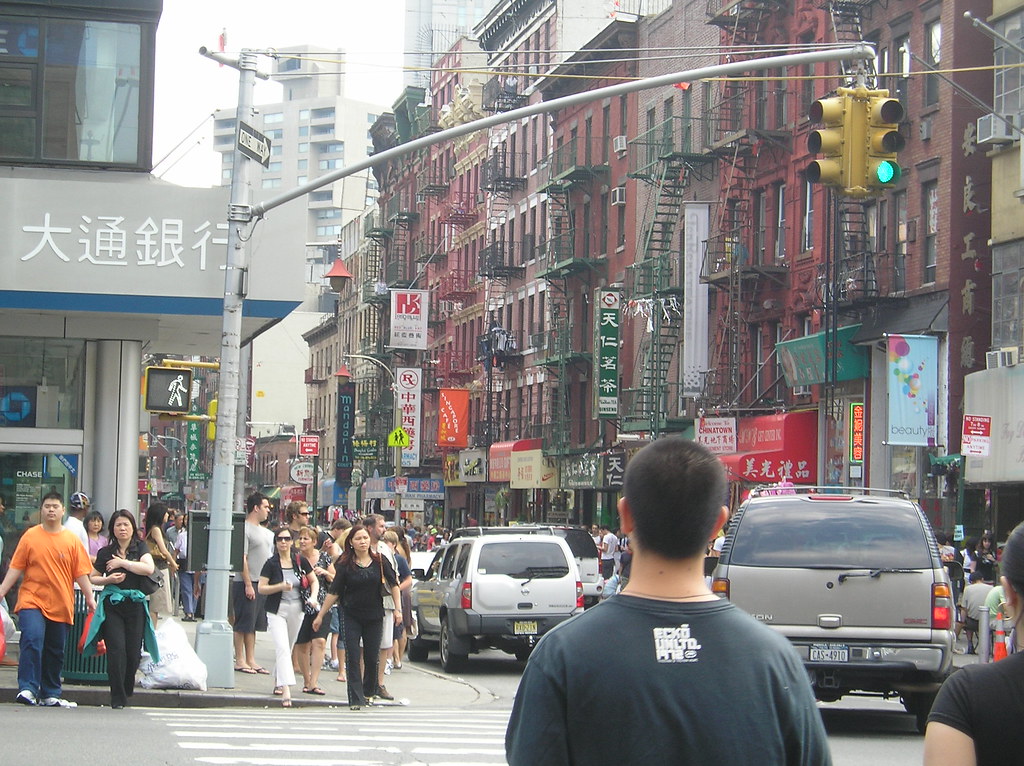 who lounged hungry and lonesome through Houston seeking jazz or sex or soup, and followed the brilliant Spaniard to converse about America and Eternity, a hopeless task, and so took ship to Africa,
Waiting long at the Groove? Count the icons on the wall, The Village, Manhattan
who lounged hungry and lonesome through Houston seeking jazz or sex or soup, and followed the brilliant Spaniard to converse about America and Eternity, a hopeless task, and so took ship to Africa,
Waiting long at the Groove? Count the icons on the wall, The Village, Manhattan
 who disappeared into the volcanoes of Mexico leaving behind nothing but the shadow of dungarees and the lava and ash of poetry scattered in fire place Chicago,
Book browsing under the elevated, Corona, Queens
who disappeared into the volcanoes of Mexico leaving behind nothing but the shadow of dungarees and the lava and ash of poetry scattered in fire place Chicago,
Book browsing under the elevated, Corona, Queens
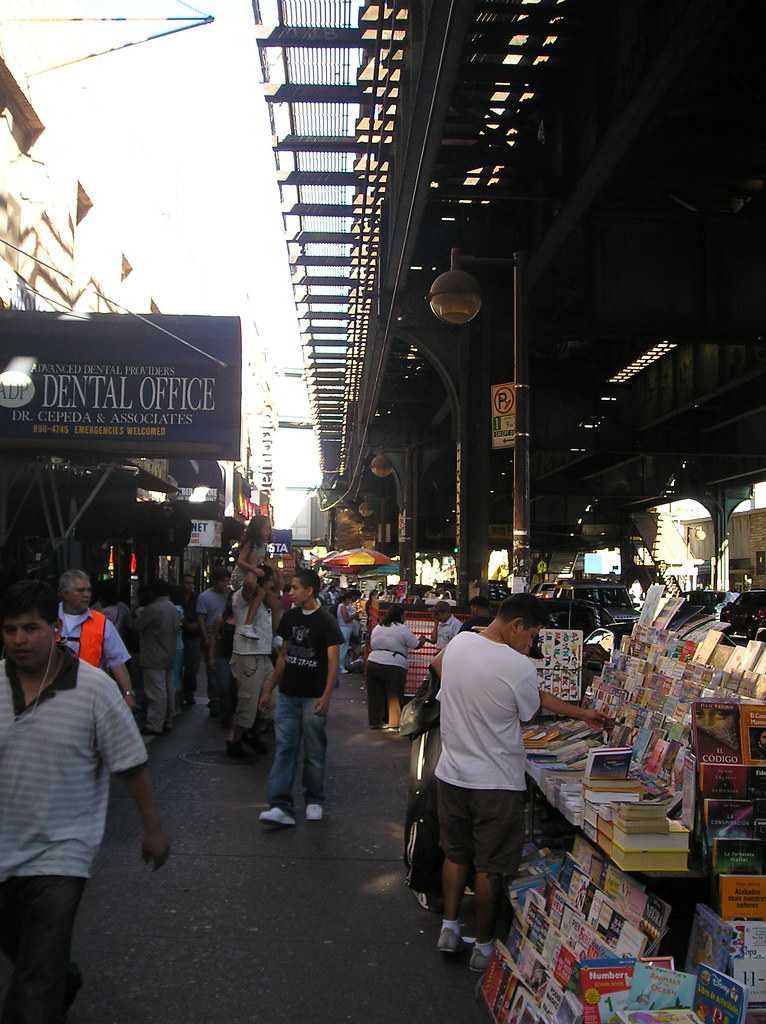 who reappeared on the West Coast investigating the F.B.I. in beards and shorts with big pacifist eyes sexy in their dark skin passing out incomprehensible leaflets,
Flatbush section, Brooklyn NY
who reappeared on the West Coast investigating the F.B.I. in beards and shorts with big pacifist eyes sexy in their dark skin passing out incomprehensible leaflets,
Flatbush section, Brooklyn NY
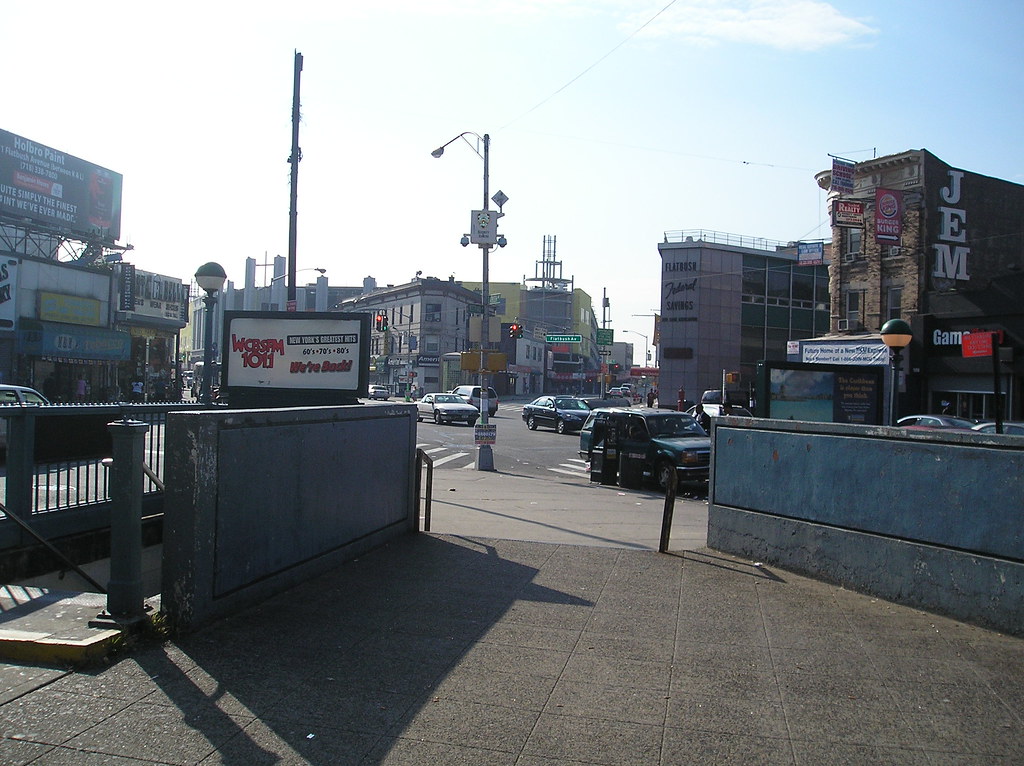 who burned cigarette holes in their arms protesting the narcotic tobacco haze of Capitalism,
Ashes to Ashes, Southside of Williamsburg Brooklyn
who burned cigarette holes in their arms protesting the narcotic tobacco haze of Capitalism,
Ashes to Ashes, Southside of Williamsburg Brooklyn
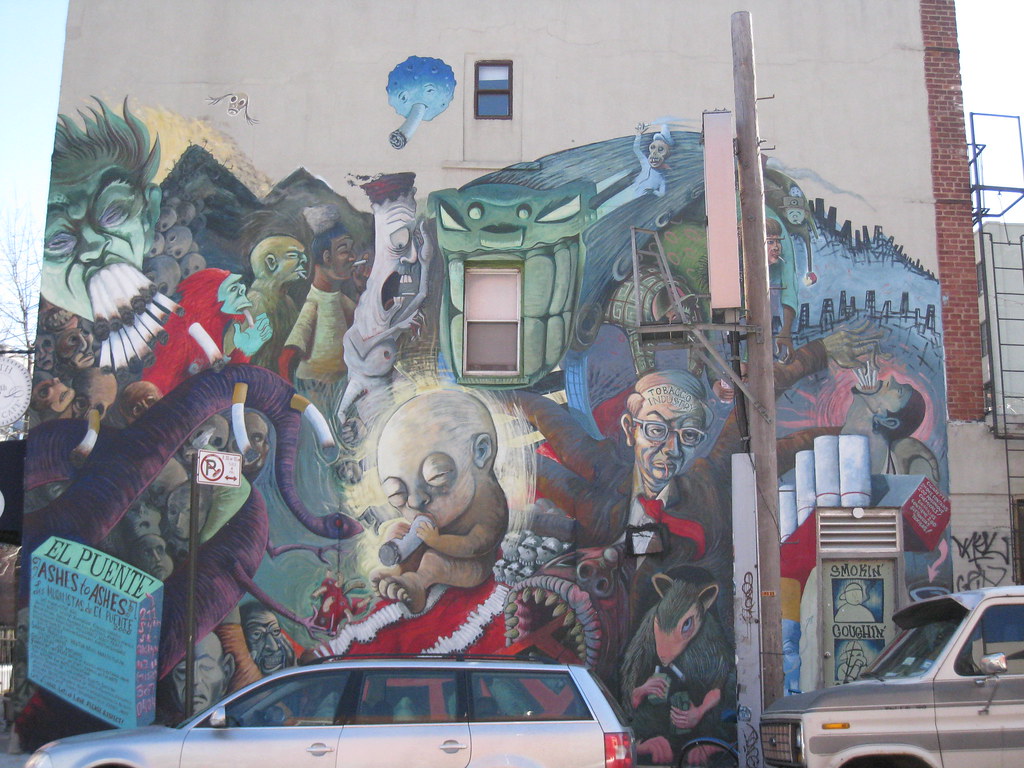 who distributed Supercommunist pamphlets in Union Square weeping and undressing while the sirens of Los Alamos wailed them down, and wailed down Wall, and the Staten Island ferry also wailed,
Bargaining for revolution in the form of 100% cotton, Union Square, Manhattan
who distributed Supercommunist pamphlets in Union Square weeping and undressing while the sirens of Los Alamos wailed them down, and wailed down Wall, and the Staten Island ferry also wailed,
Bargaining for revolution in the form of 100% cotton, Union Square, Manhattan
 who broke down crying in white gymnasiums naked and trembling before the machinery of other skeletons,
Colorful five pointz, Queens
who broke down crying in white gymnasiums naked and trembling before the machinery of other skeletons,
Colorful five pointz, Queens
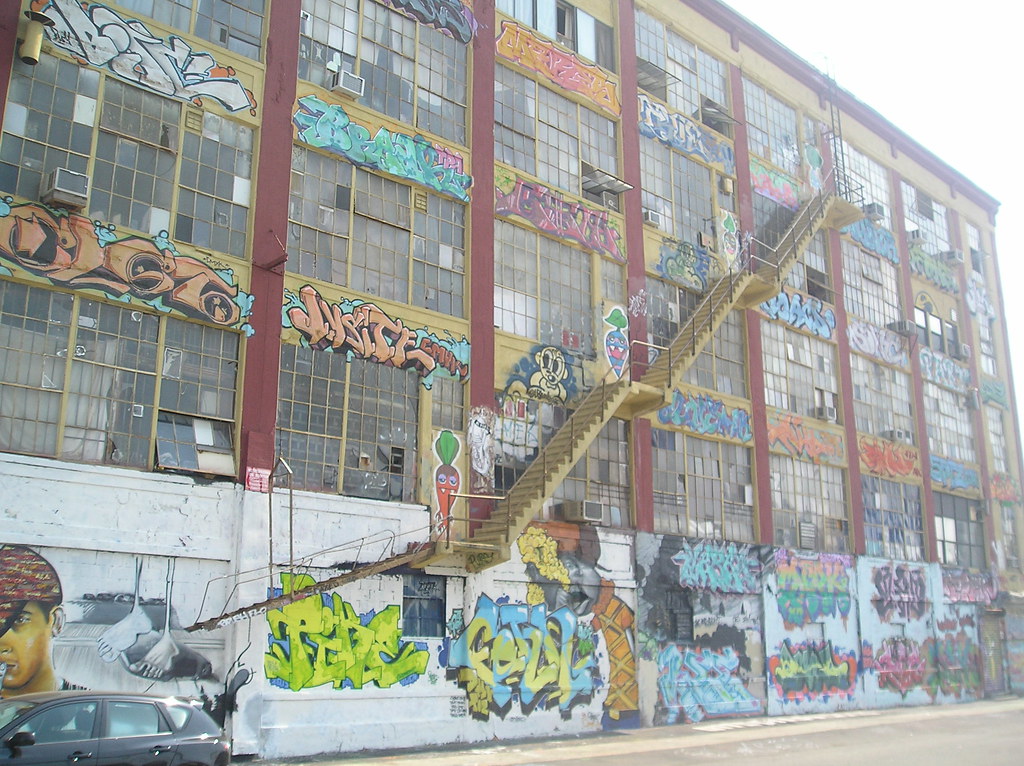 who bit detectives in the neck and shrieked with delight in policecars for committing no crime but their own wild cooking pederasty and intoxication,
Crappy sidewalk merchandise, young unattended Chinese kids, a gaggle of Colombianas, radical black Hebrews?? Yep we’re on Queens Boulevard
who bit detectives in the neck and shrieked with delight in policecars for committing no crime but their own wild cooking pederasty and intoxication,
Crappy sidewalk merchandise, young unattended Chinese kids, a gaggle of Colombianas, radical black Hebrews?? Yep we’re on Queens Boulevard
 who howled on their knees in the subway and were dragged off the roof waving genitals and manuscripts,
Mingling on the platform, Staten Island Ferry Terminal @ Staten Island
who howled on their knees in the subway and were dragged off the roof waving genitals and manuscripts,
Mingling on the platform, Staten Island Ferry Terminal @ Staten Island
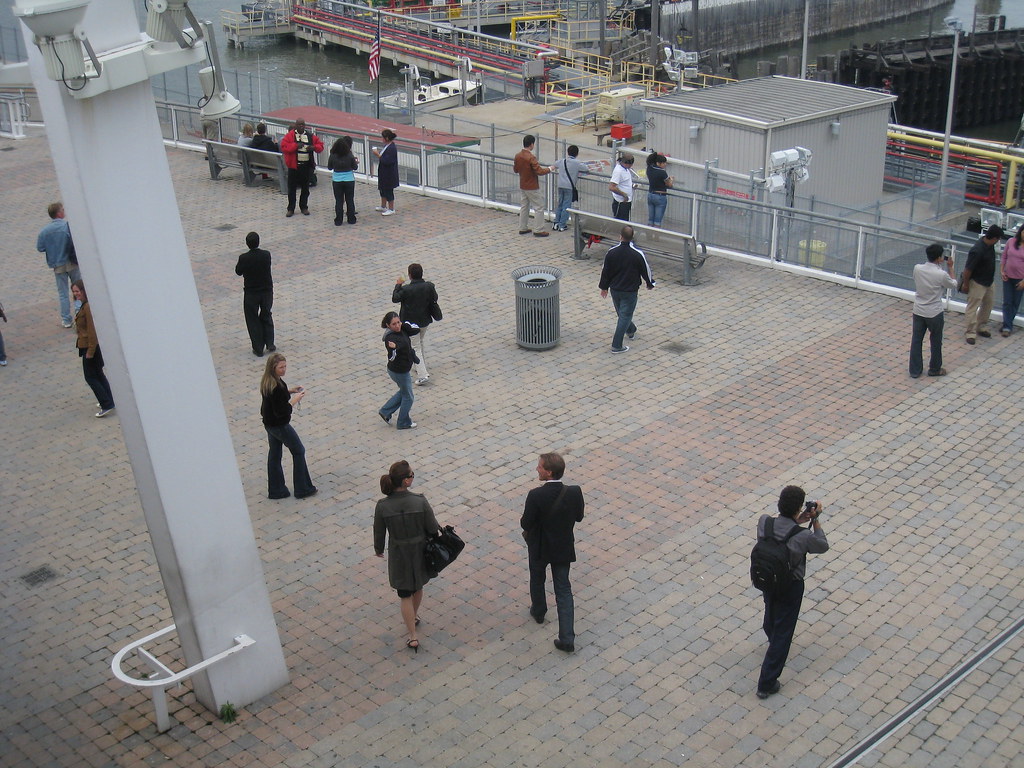 who let themselves be fucked in the ass by saintly motorcyclists, and screamed with joy,
Early morning easy riders, East Elmhurst, Queens
who let themselves be fucked in the ass by saintly motorcyclists, and screamed with joy,
Early morning easy riders, East Elmhurst, Queens
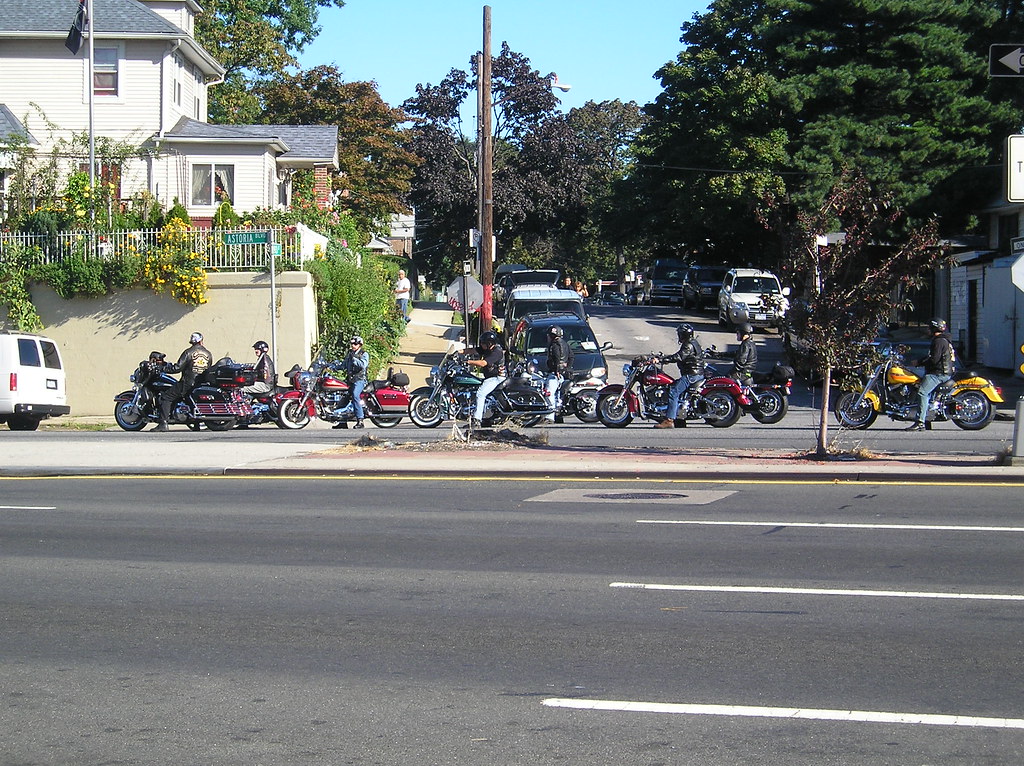 who blew and were blown by those human seraphim, the sailors, caresses of Atlantic and Caribbean love,
Dockside, Jamaica Bay homes, Broad Channel, Queens
who blew and were blown by those human seraphim, the sailors, caresses of Atlantic and Caribbean love,
Dockside, Jamaica Bay homes, Broad Channel, Queens
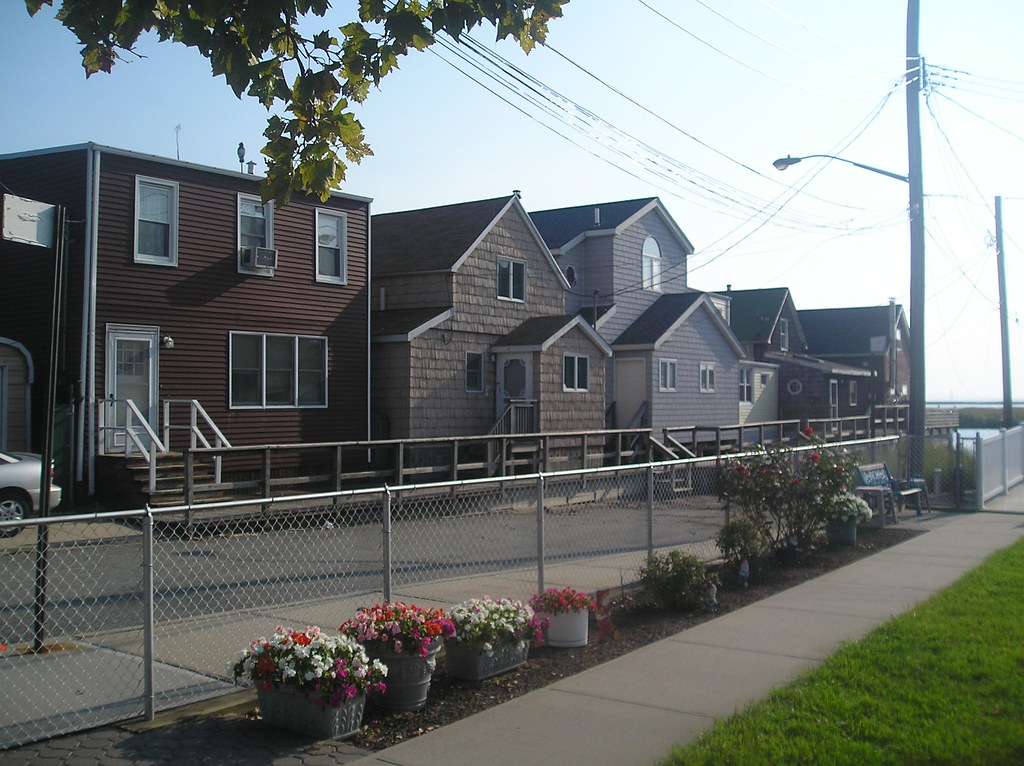 who balled in the morning in the evenings in rose gardens and the grass of public parks and cemeteries scattering their semen freely to whomever come who may,
St. Agnes, Rockville Center Long Island
who balled in the morning in the evenings in rose gardens and the grass of public parks and cemeteries scattering their semen freely to whomever come who may,
St. Agnes, Rockville Center Long Island
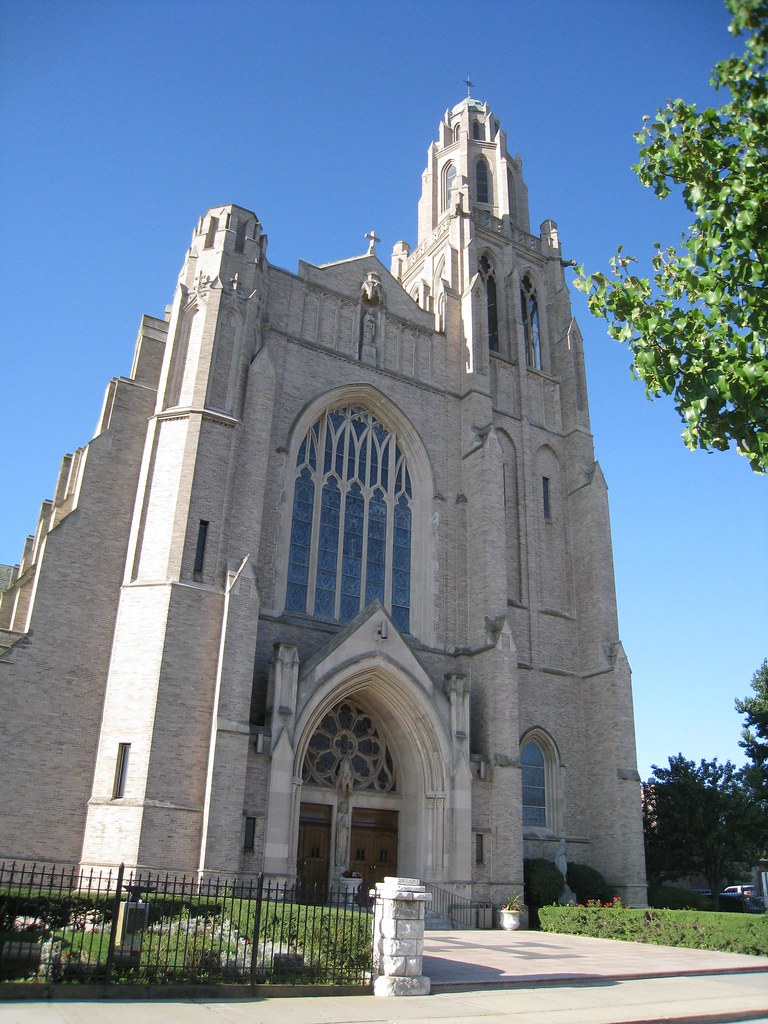 who hiccuped endlessly trying to giggle but wound up with a sob behind a partition in a Turkish Bath when the blond & naked angel came to pierce them with a sword,
“HO!”, East Williamsburg, Brooklyn
who hiccuped endlessly trying to giggle but wound up with a sob behind a partition in a Turkish Bath when the blond & naked angel came to pierce them with a sword,
“HO!”, East Williamsburg, Brooklyn
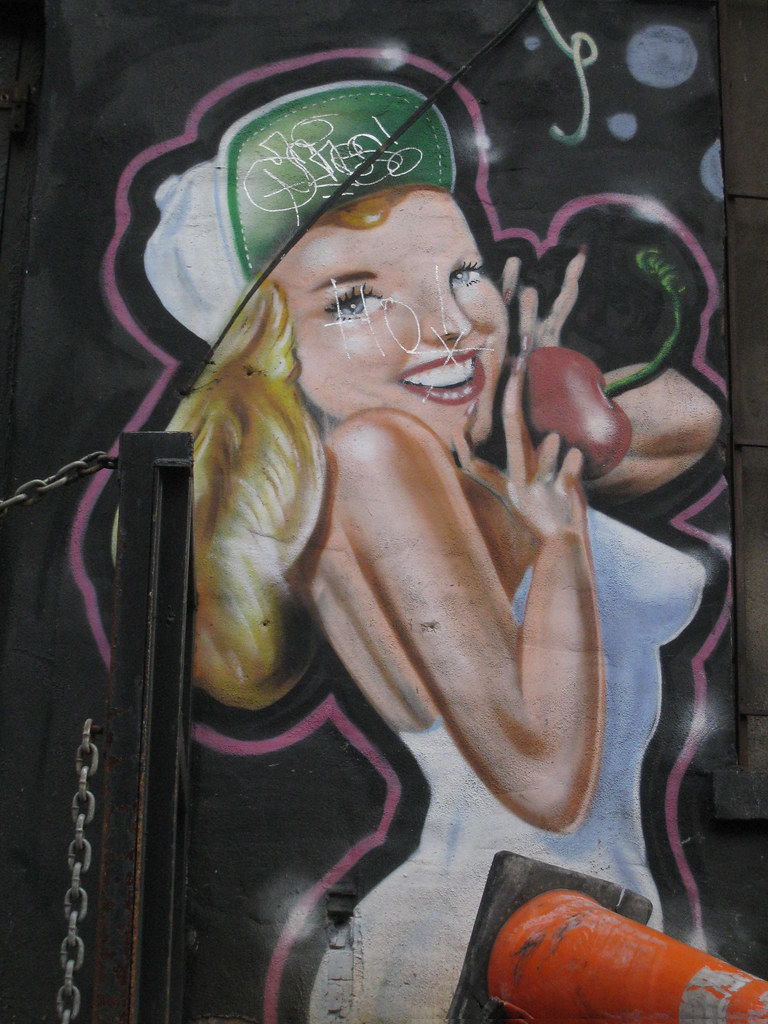 who lost their loveboys to the three old shrews of fate the one eyed shrew of the heterosexual dollar the one eyed shrew that winks out of the womb and the one eyed shrew that does nothing but sit on her ass and snip the intellectual golden threads of the craftsman's loom,
Cruising Broadway, Washington Heights, Uptown Manhattan
who lost their loveboys to the three old shrews of fate the one eyed shrew of the heterosexual dollar the one eyed shrew that winks out of the womb and the one eyed shrew that does nothing but sit on her ass and snip the intellectual golden threads of the craftsman's loom,
Cruising Broadway, Washington Heights, Uptown Manhattan
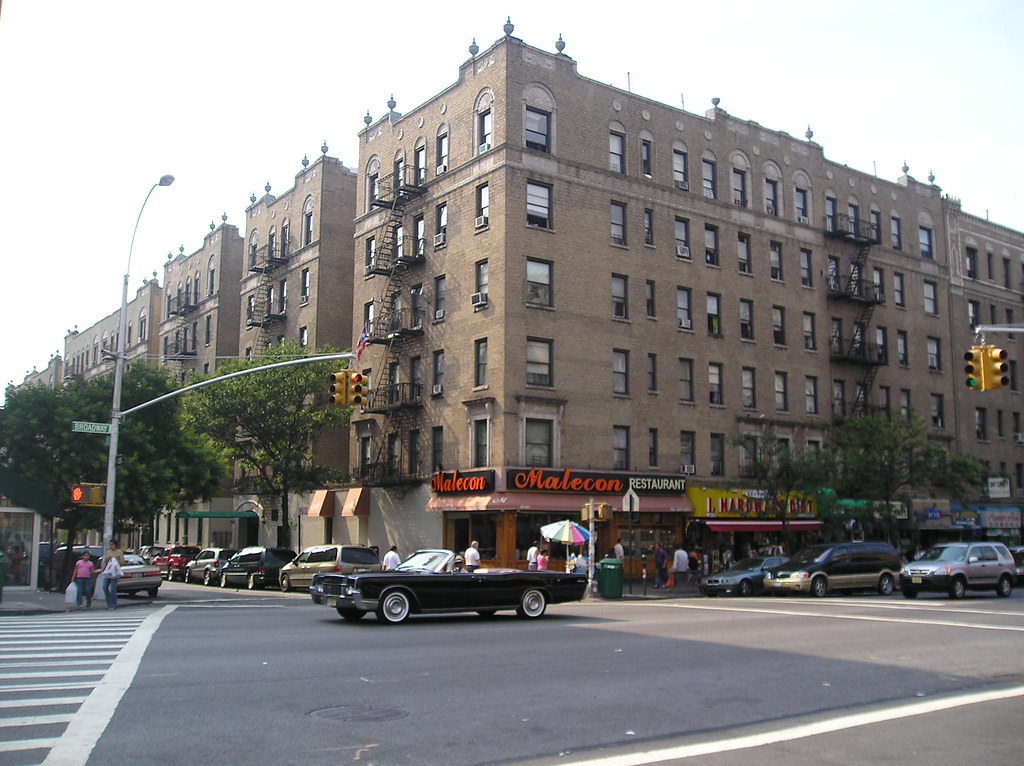 who copulated ecstatic and insatiate with a bottle of beer a sweetheart a package of cigarettes a candle and fell off the bed, and continued along the floor and down the hall and ended fainting on the wall with a vision of ultimate cunt and come eluding the last gyzym of consciousness,
Product Placement, Cambria Heights, Queens
who copulated ecstatic and insatiate with a bottle of beer a sweetheart a package of cigarettes a candle and fell off the bed, and continued along the floor and down the hall and ended fainting on the wall with a vision of ultimate cunt and come eluding the last gyzym of consciousness,
Product Placement, Cambria Heights, Queens
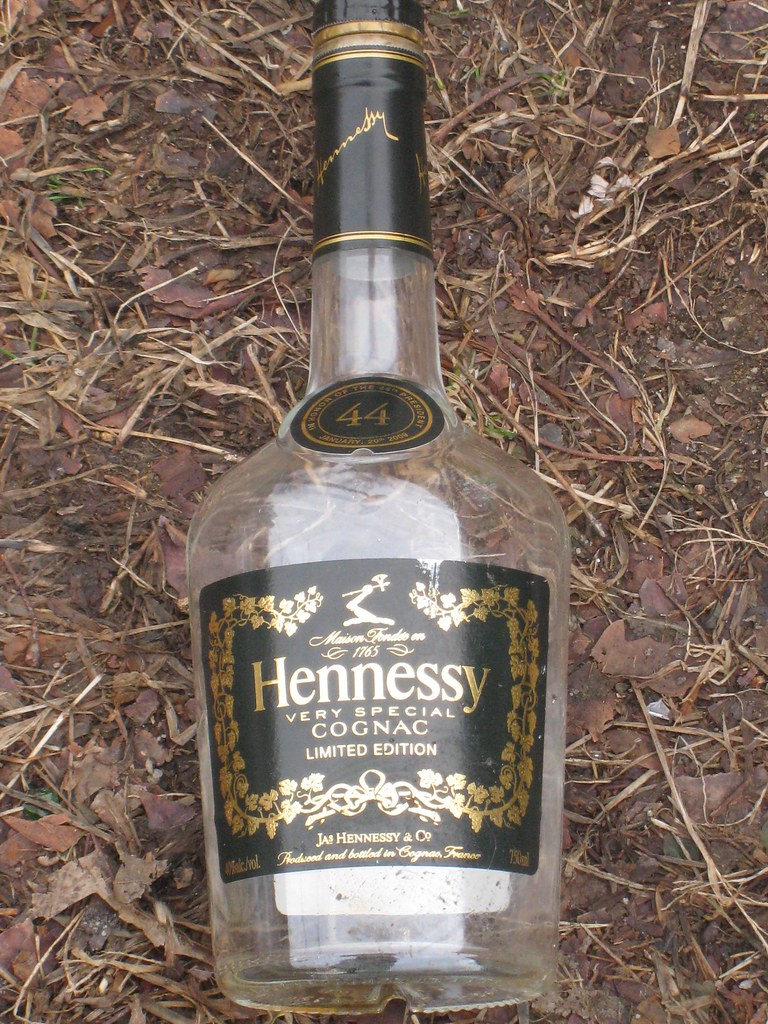 who sweetened the snatches of a million girls trembling in the sunset, and were red eyed in the morning but prepared to sweeten the snatch of the sunrise, flashing buttocks under barns and naked
who sweetened the snatches of a million girls trembling in the sunset, and were red eyed in the morning but prepared to sweeten the snatch of the sunrise, flashing buttocks under barns and naked
in the lake,
Sin City, Motthaven, South Bronx
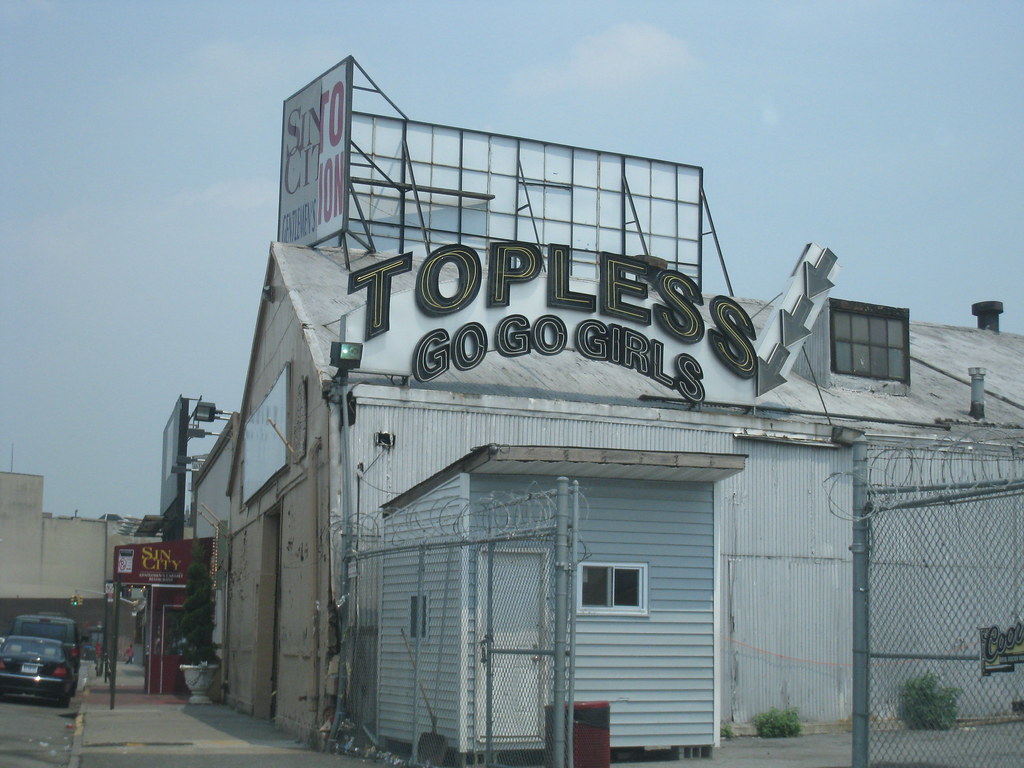 who went out whoring through Colorado in myriad stolen night-cars, N.C., secret hero of these poems, cocksman and Adonis of Denver-joy to the memory of his innumerable lays of girls in empty lots & diner backyards, moviehouses' rickety rows, on mountaintops in caves or with gaunt waitresses in familiar roadside lonely petticoat upliftings & especially secret gas-station solipsisms of johns, & hometown alleys too,
Ladies and gentlemen this is where John Lennon was shot, The Dakota, Upper West Side, Manhattan
who went out whoring through Colorado in myriad stolen night-cars, N.C., secret hero of these poems, cocksman and Adonis of Denver-joy to the memory of his innumerable lays of girls in empty lots & diner backyards, moviehouses' rickety rows, on mountaintops in caves or with gaunt waitresses in familiar roadside lonely petticoat upliftings & especially secret gas-station solipsisms of johns, & hometown alleys too,
Ladies and gentlemen this is where John Lennon was shot, The Dakota, Upper West Side, Manhattan
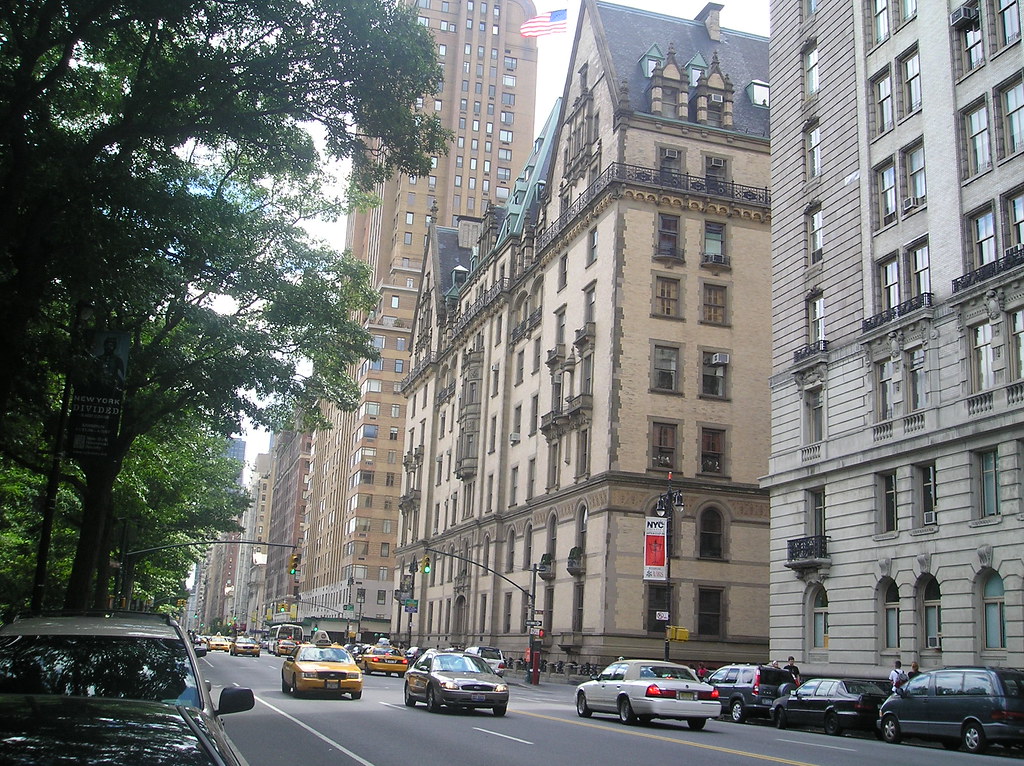
who faded out in vast sordid movies, were shifted in dreams, woke on a sudden Manhattan, and picked themselves up out of basements hung over with heartless Tokay and horrors of Third Avenue iron dreams & stumbled to unemployment offices,
Midtown dominates the scene in Long Island City
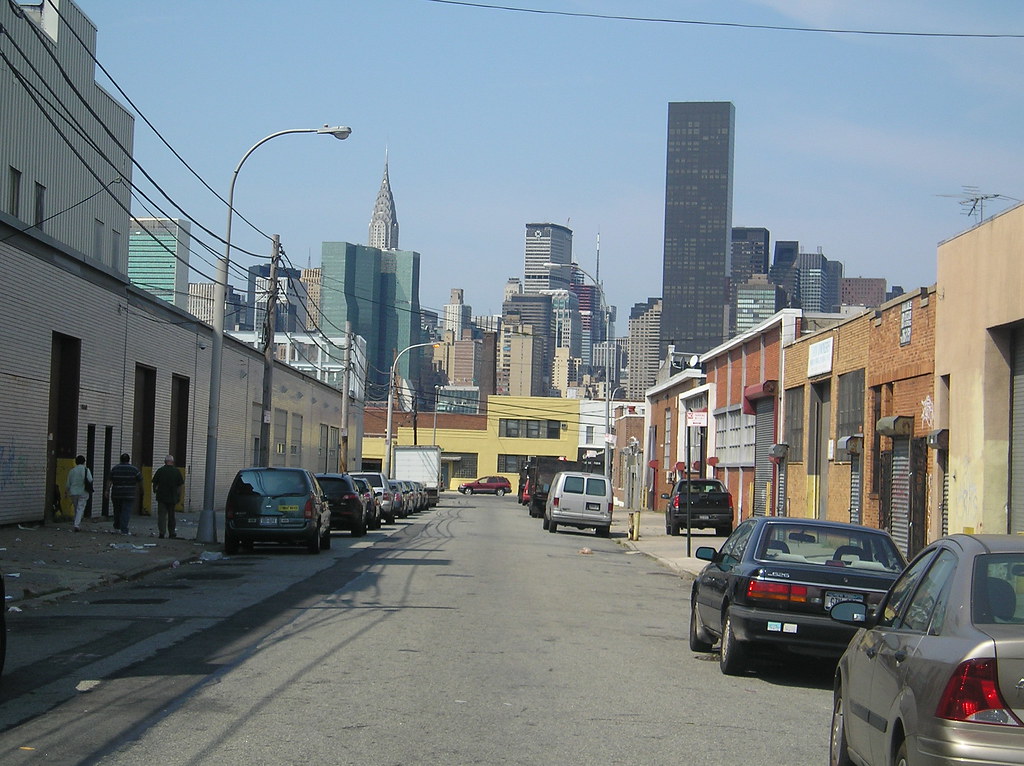 who walked all night with their shoes full of blood on the snowbank docks waiting for a door in the East River to open to a room full of steamheat and opium,
DOMINOS BITCH, Brooklyn from the river
who walked all night with their shoes full of blood on the snowbank docks waiting for a door in the East River to open to a room full of steamheat and opium,
DOMINOS BITCH, Brooklyn from the river
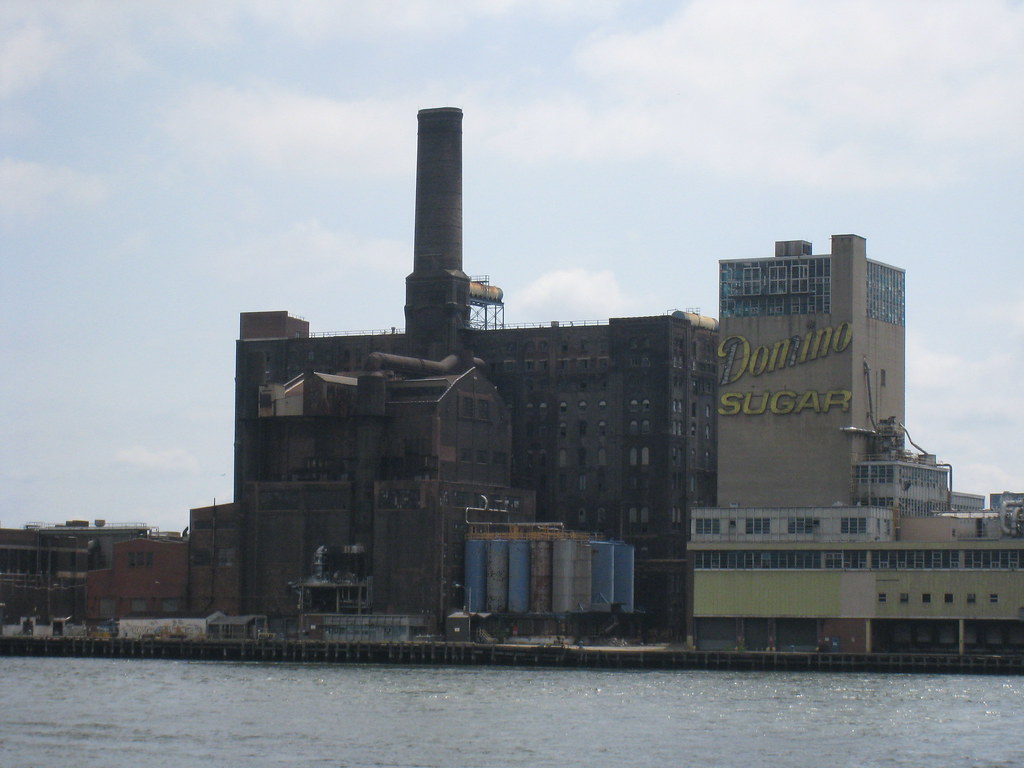 who created great suicidal dramas on the apartment cliff-banks of the Hudson under the wartime blue floodlight of the moon & their heads shall be crowned with laurel in oblivion,
Bring your own bullet, Stapleton, Staten Island
who created great suicidal dramas on the apartment cliff-banks of the Hudson under the wartime blue floodlight of the moon & their heads shall be crowned with laurel in oblivion,
Bring your own bullet, Stapleton, Staten Island
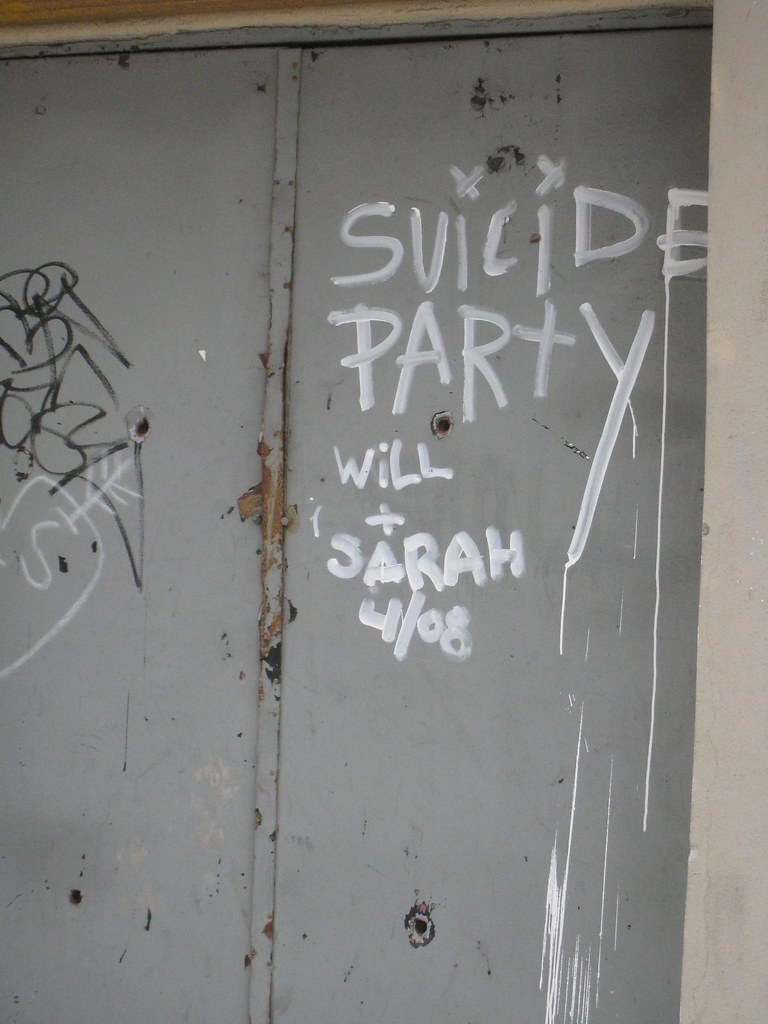 who ate the lamb stew of the imagination or digested the crab at the muddy bottom of the rivers of Bowery,
Ahh The Bowery, East Village, Manhattan
who ate the lamb stew of the imagination or digested the crab at the muddy bottom of the rivers of Bowery,
Ahh The Bowery, East Village, Manhattan
 who wept at the romance of the streets with their pushcarts full of onions and bad music,
SoHo Screams, Manhattan
who wept at the romance of the streets with their pushcarts full of onions and bad music,
SoHo Screams, Manhattan
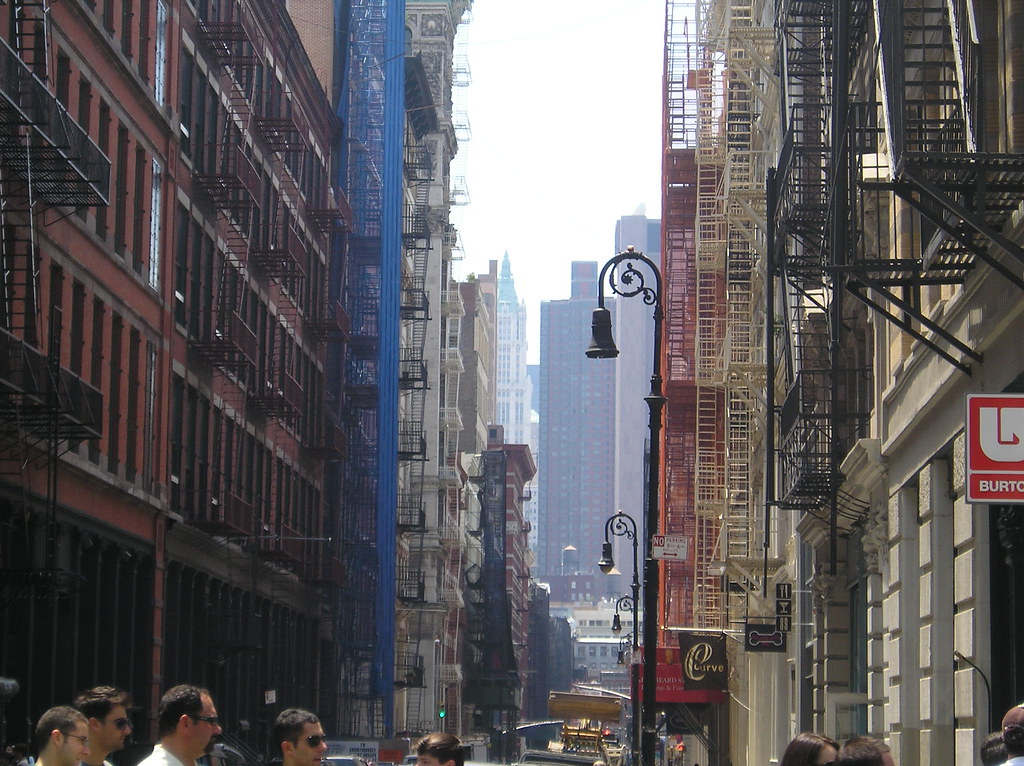 who sat in boxes breathing in the darkness under the bridge, and rose up to build harpsichords in their lofts,
There is life down here under the Manhattan Bridge overpass, D.U.M.B.O, Brooklyn
who sat in boxes breathing in the darkness under the bridge, and rose up to build harpsichords in their lofts,
There is life down here under the Manhattan Bridge overpass, D.U.M.B.O, Brooklyn
 who coughed on the sixth floor of Harlem crowned with flame under the tubercular sky surrounded by orange crates of theology,
Oooooooh girrrrl you fancy, Harlem, Manhattan
who coughed on the sixth floor of Harlem crowned with flame under the tubercular sky surrounded by orange crates of theology,
Oooooooh girrrrl you fancy, Harlem, Manhattan
 who scribbled all night rocking and rolling over lofty incantations which in the yellow morning were stanzas of gibberish,
No pissing- Downtown Brooklyn
who scribbled all night rocking and rolling over lofty incantations which in the yellow morning were stanzas of gibberish,
No pissing- Downtown Brooklyn
 who cooked rotten animals lung heart feet tail borsht & tortillas dreaming of the pure vegetable kingdom,
The “Junk slice” , some pizzeria on the north side of Williamsburg Brooklyn
who cooked rotten animals lung heart feet tail borsht & tortillas dreaming of the pure vegetable kingdom,
The “Junk slice” , some pizzeria on the north side of Williamsburg Brooklyn
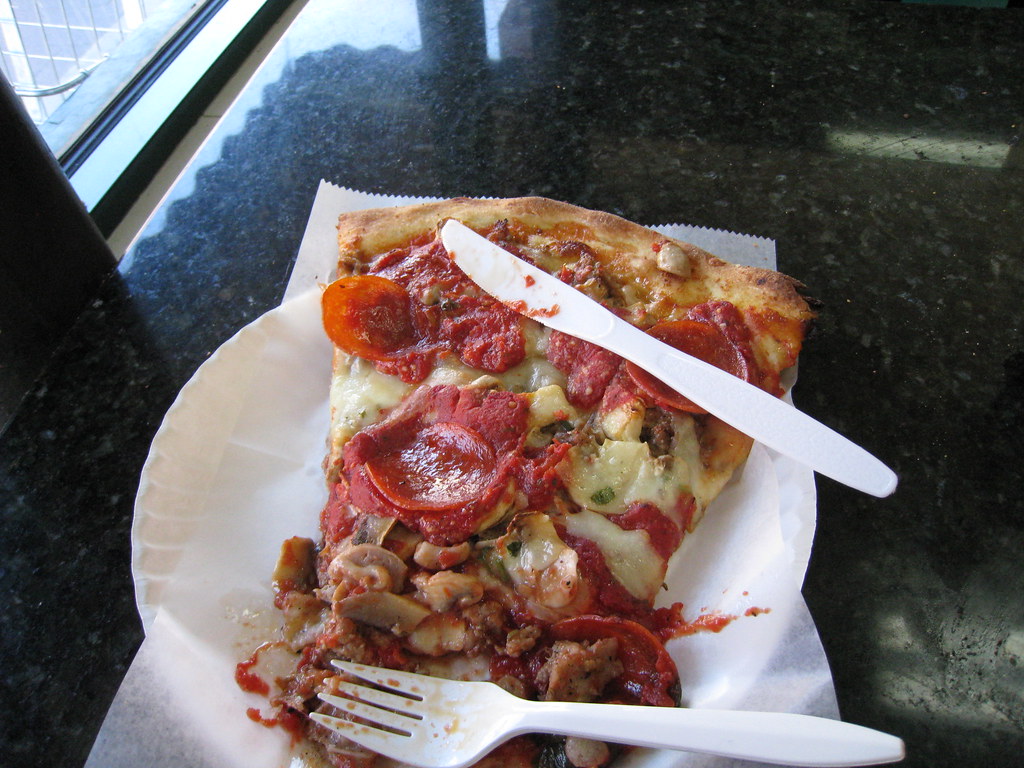 who plunged themselves under meat trucks looking for an egg
Out on the Ave, Jamaica, Queens
who plunged themselves under meat trucks looking for an egg
Out on the Ave, Jamaica, Queens
 who threw their watches off the roof to cast their ballot for Eternity outside of Time, & alarm clocks fell on their heads every day for the next decade,
KenTile sign, Gowanus Brooklyn
who threw their watches off the roof to cast their ballot for Eternity outside of Time, & alarm clocks fell on their heads every day for the next decade,
KenTile sign, Gowanus Brooklyn
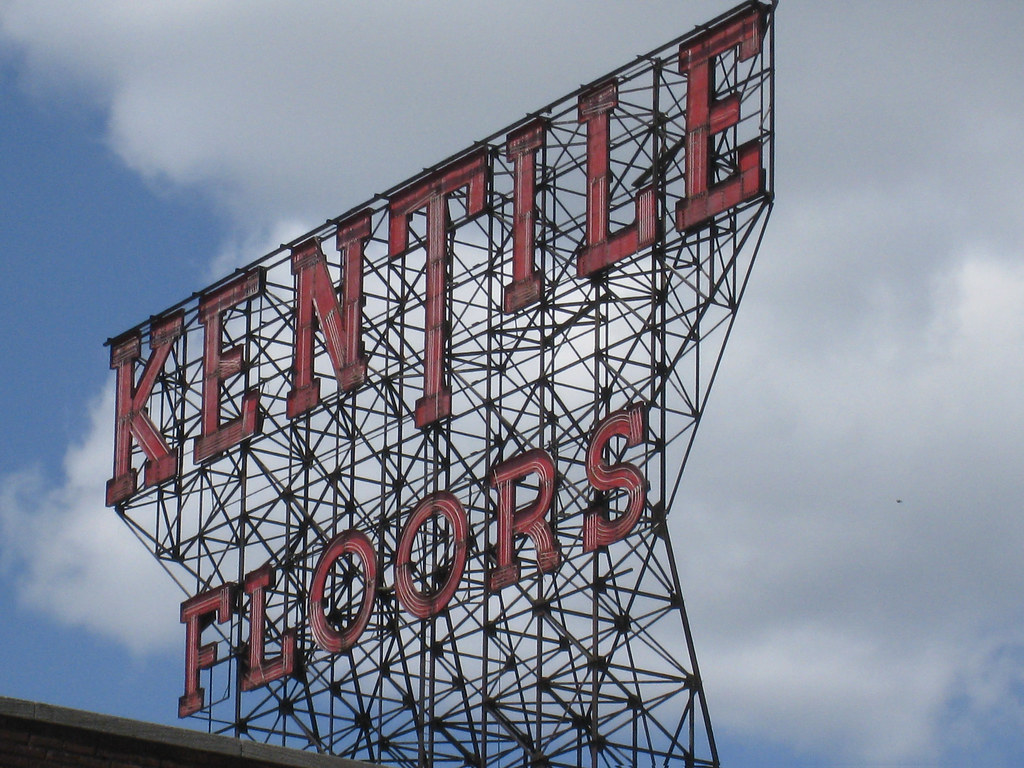 who cut their wrists three times successively unsuccessfully, gave up and were forced to open antique stores where they thought they were growing old and cried,
Congestion, The ironbound, Newark, New Jersey
who cut their wrists three times successively unsuccessfully, gave up and were forced to open antique stores where they thought they were growing old and cried,
Congestion, The ironbound, Newark, New Jersey
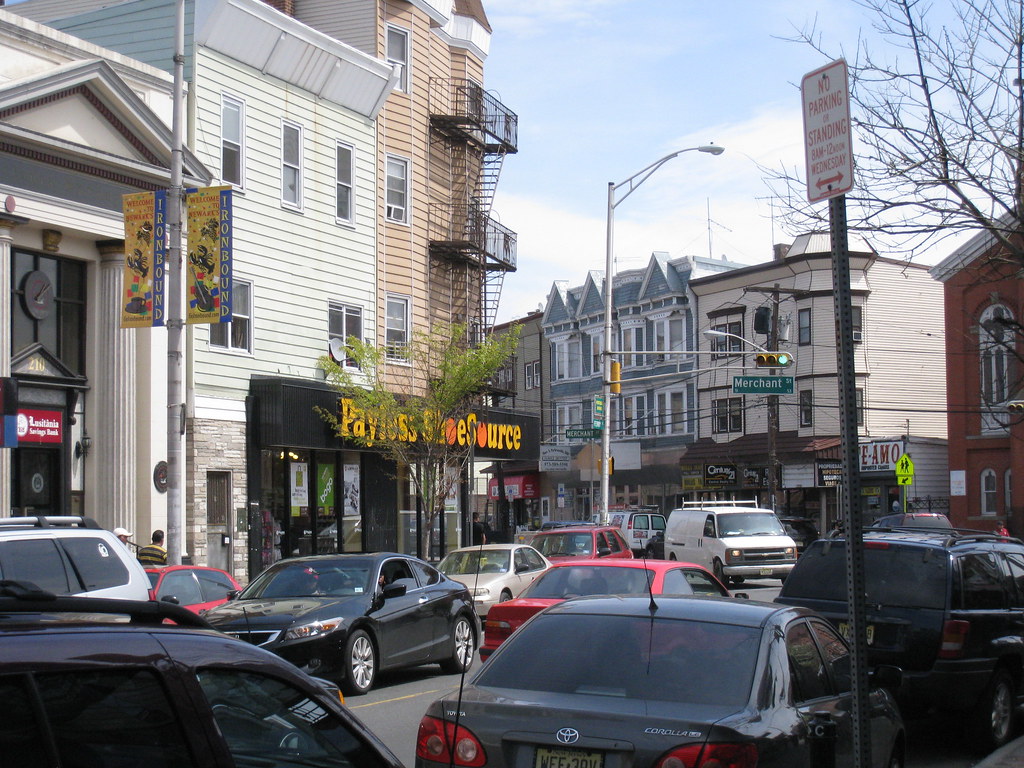 who were burned alive in their innocent flannel suits on Madison Avenue amid blasts of leaden verse & the tanked-up clatter of the iron regiments of fashion & the nitroglycerine shrieks of the fairies of advertising & the mustard gas of sinister intelligent editors, or were run down by the drunken taxicabs of Absolute Reality,
A romantic scene, The Lower East Side, Manhattan
who were burned alive in their innocent flannel suits on Madison Avenue amid blasts of leaden verse & the tanked-up clatter of the iron regiments of fashion & the nitroglycerine shrieks of the fairies of advertising & the mustard gas of sinister intelligent editors, or were run down by the drunken taxicabs of Absolute Reality,
A romantic scene, The Lower East Side, Manhattan
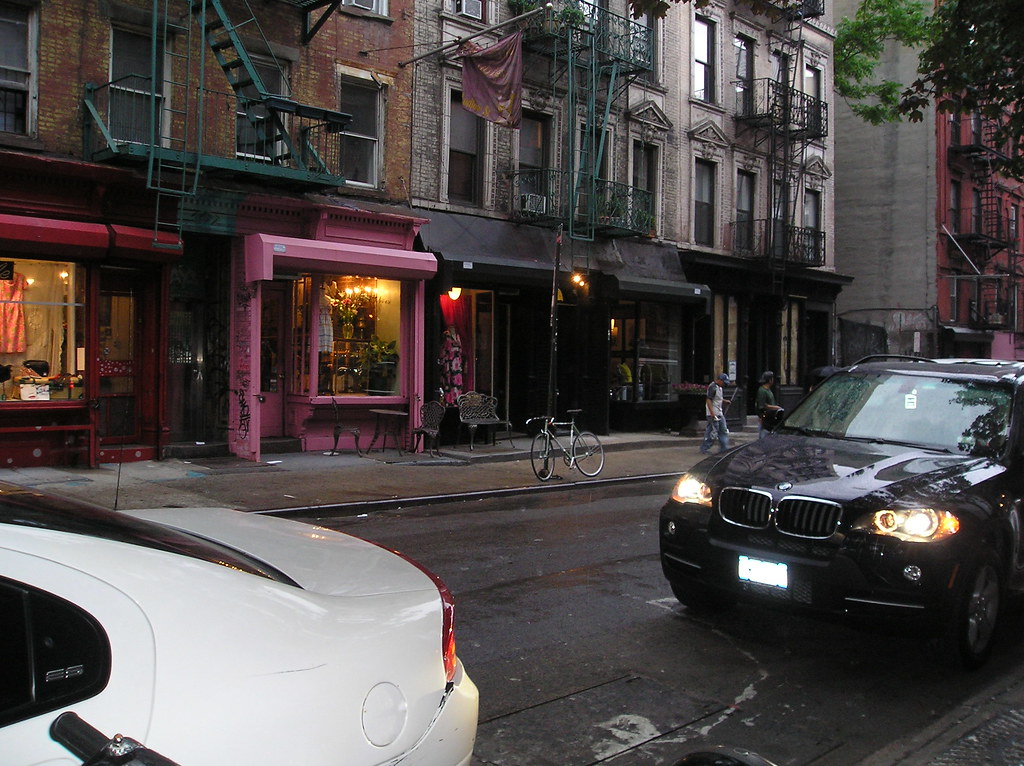 who jumped off the Brooklyn Bridge this actually happened and walked away unknown and forgotten into the ghostly daze of Chinatown soup alley ways & firetrucks, not even one free beer,
The uneasy hush of Doyers Street, Chinatown, Manhattan
who jumped off the Brooklyn Bridge this actually happened and walked away unknown and forgotten into the ghostly daze of Chinatown soup alley ways & firetrucks, not even one free beer,
The uneasy hush of Doyers Street, Chinatown, Manhattan
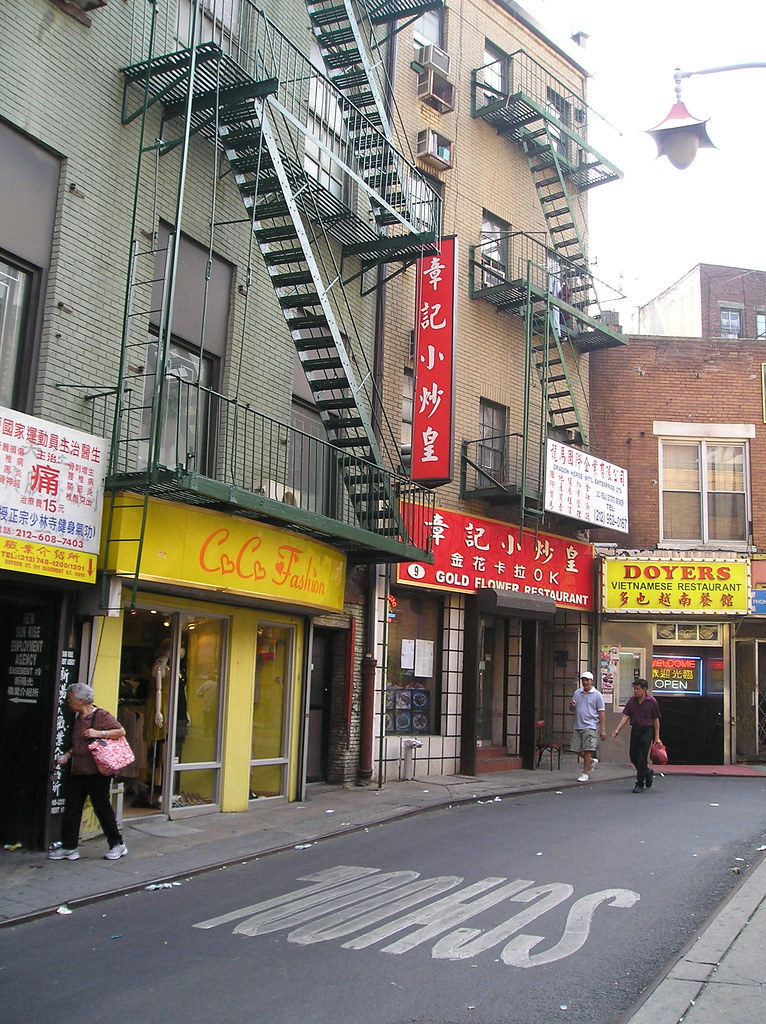 who sang out of their windows in despair, fell out of the subway window, jumped in the filthy Passaic, leaped on negroes, cried all over the street, danced on broken wineglasses barefoot smashed phonograph records of nostalgic European 1930s German jazz finished the whiskey and threw up groaning into the bloody toilet, moans in their ears and the blast of colossal steam whistles,
Signage, Korea town, Manhattan
who sang out of their windows in despair, fell out of the subway window, jumped in the filthy Passaic, leaped on negroes, cried all over the street, danced on broken wineglasses barefoot smashed phonograph records of nostalgic European 1930s German jazz finished the whiskey and threw up groaning into the bloody toilet, moans in their ears and the blast of colossal steam whistles,
Signage, Korea town, Manhattan
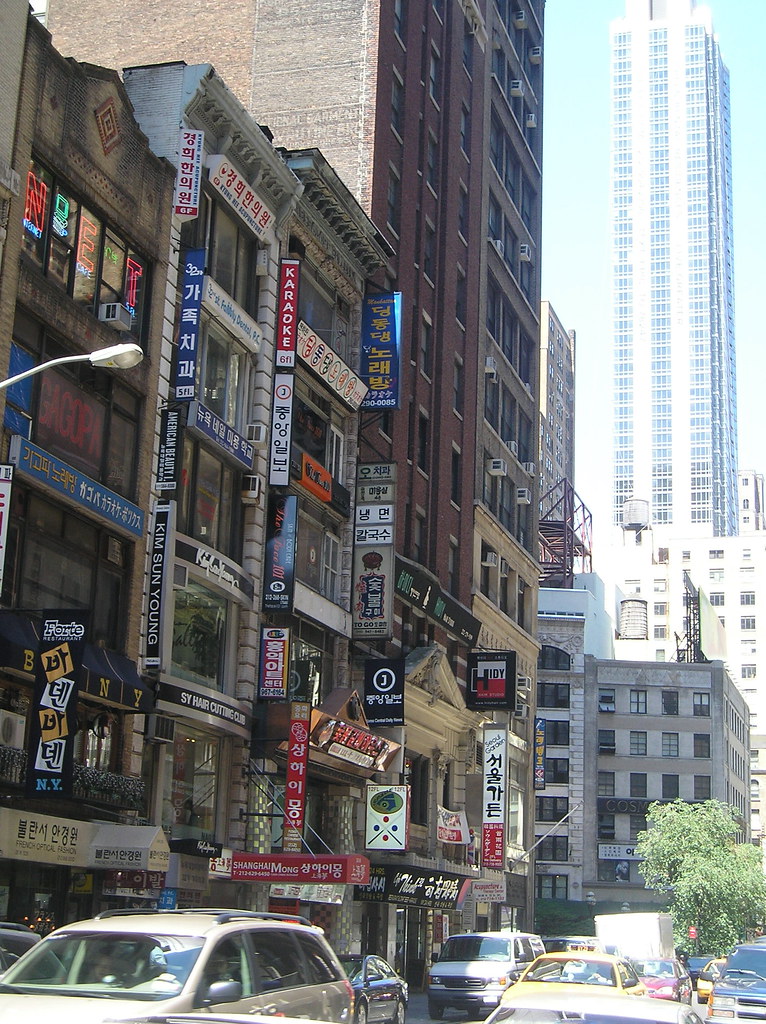 who barreled down the highways of the past journeying to each other's hotrod-Golgotha jail-solitude watch or Birmingham jazz incarnation
Lunch, Vinegar Hill, Brooklyn
who barreled down the highways of the past journeying to each other's hotrod-Golgotha jail-solitude watch or Birmingham jazz incarnation
Lunch, Vinegar Hill, Brooklyn
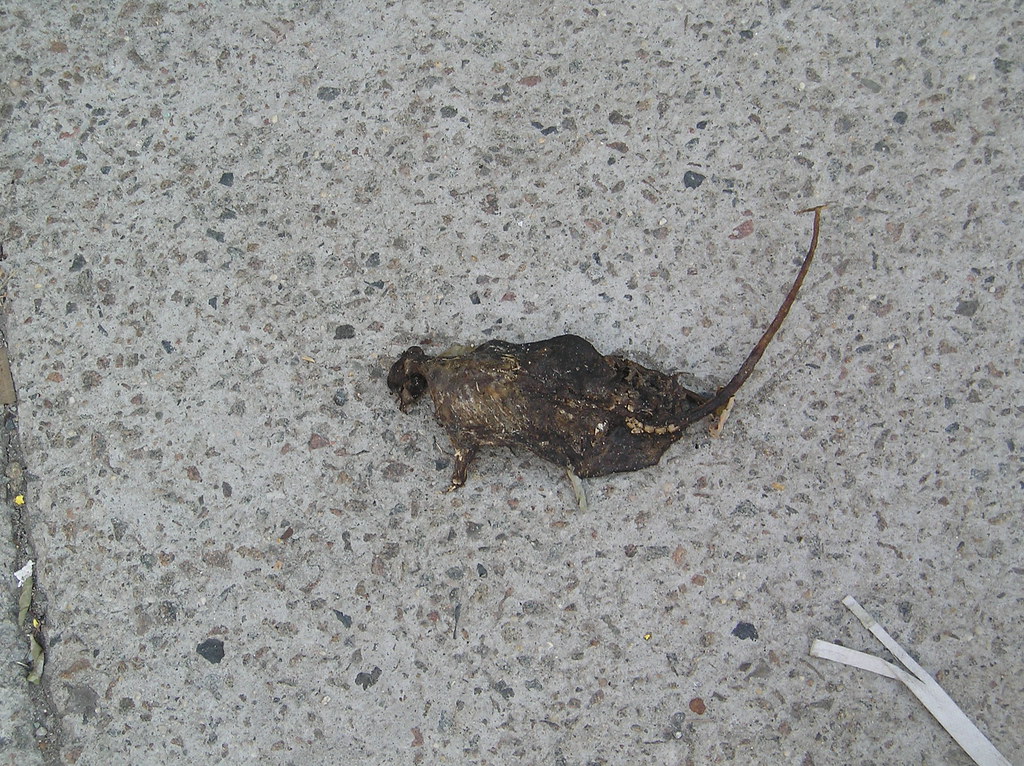 who drove crosscountry seventytwo hours to find out if I had a vision or you had a vision or he had a vision to find out Eternity,
Juice Bar, Laurelton, Queens
who drove crosscountry seventytwo hours to find out if I had a vision or you had a vision or he had a vision to find out Eternity,
Juice Bar, Laurelton, Queens
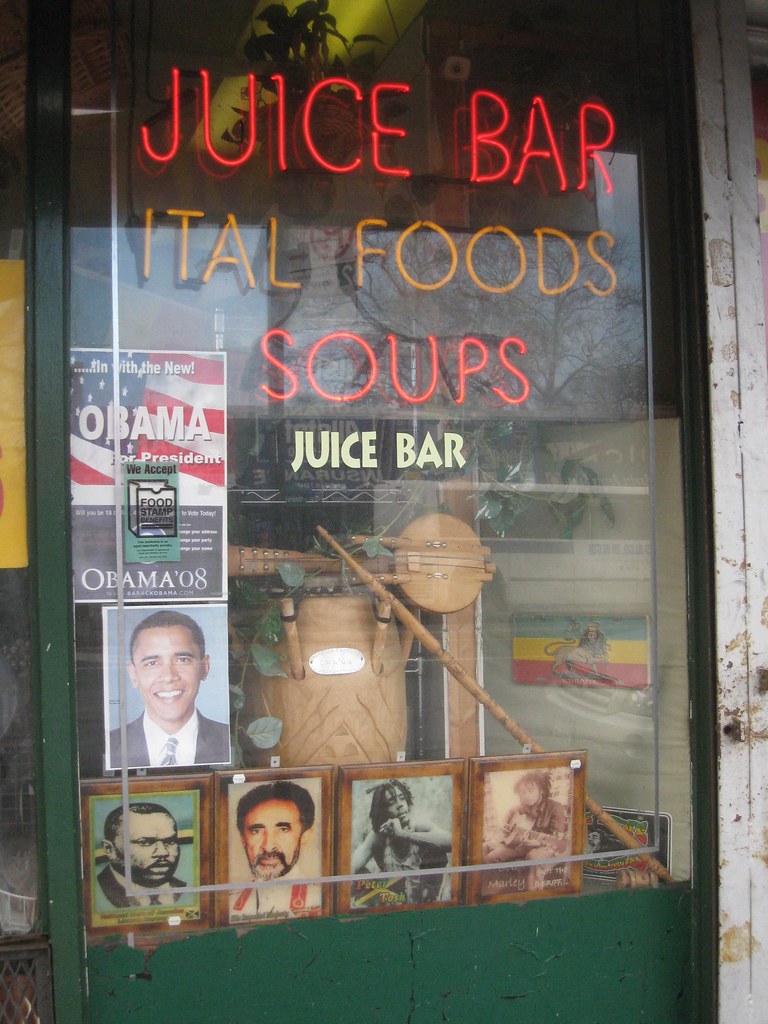 who journeyed to Denver, who died in Denver, who came back to Denver & waited in vain, who watched over Denver & brooded & loned in Denver and finally went away to find out the Time, & now Denver is lonesome for her heroes,
Apartment blocks of the Pelham Parkway, Bronx
who journeyed to Denver, who died in Denver, who came back to Denver & waited in vain, who watched over Denver & brooded & loned in Denver and finally went away to find out the Time, & now Denver is lonesome for her heroes,
Apartment blocks of the Pelham Parkway, Bronx
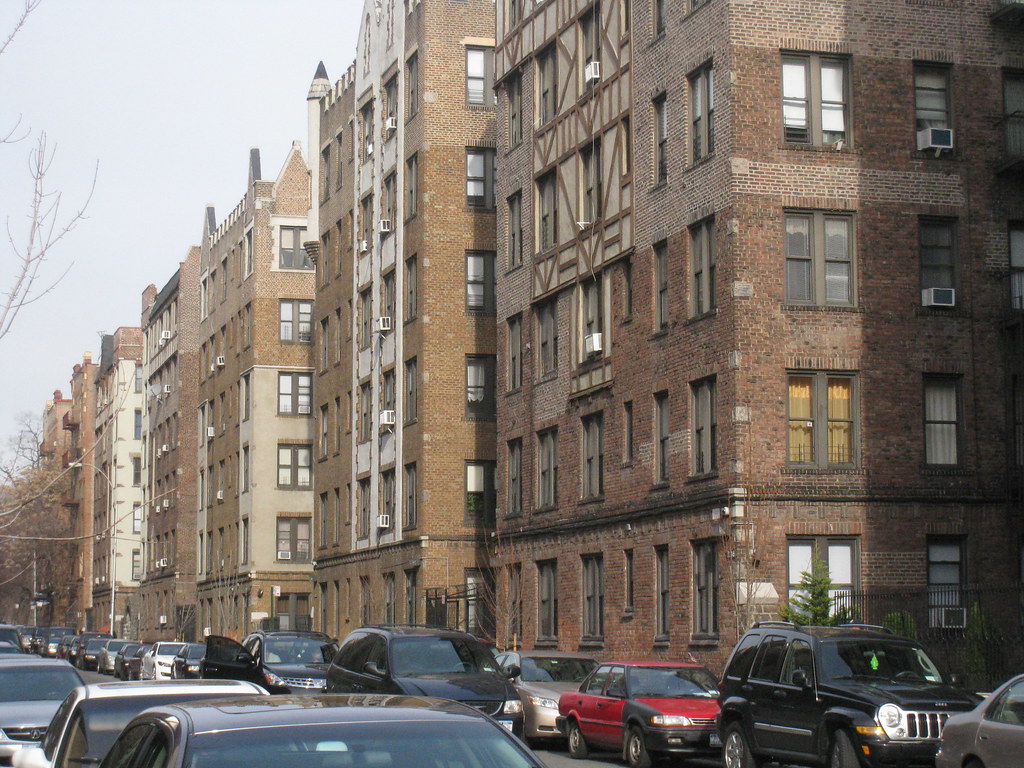 who fell on their knees in hopeless cathedrals praying for each other's salvation and light and breasts, until the soul illuminated its hair for a second,
Cathedrals of commerce casting shadows over the bowling green, Financial District, Manhattan
who fell on their knees in hopeless cathedrals praying for each other's salvation and light and breasts, until the soul illuminated its hair for a second,
Cathedrals of commerce casting shadows over the bowling green, Financial District, Manhattan
 who crashed through their minds in jail waiting for
who crashed through their minds in jail waiting for
impossible criminals with golden heads and the charm of reality in their hearts who sang sweet blues to Alcatraz,
Descending, The Concourse, Bronx
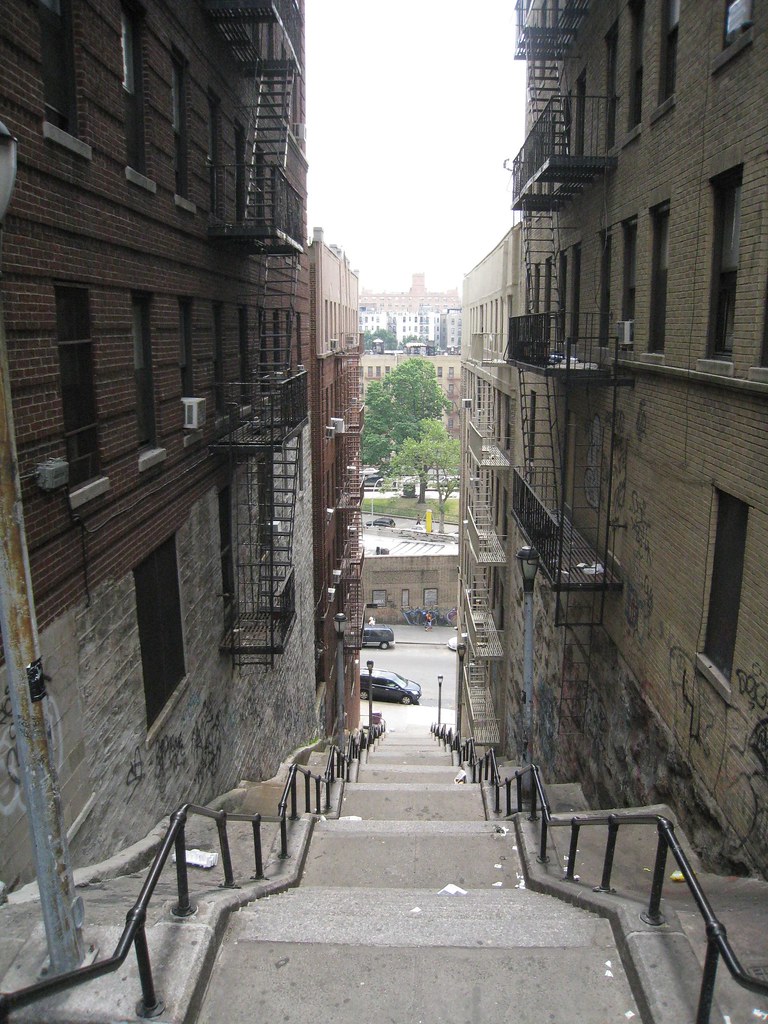 who retired to Mexico to cultivate a habit, or Rocky Mount to tender Buddha or Tangiers to boys or Southern Pacific to the black locomotive or Harvard to Narcissus to Woodlawn to the
who retired to Mexico to cultivate a habit, or Rocky Mount to tender Buddha or Tangiers to boys or Southern Pacific to the black locomotive or Harvard to Narcissus to Woodlawn to the
daisychain or grave,
Katonah dining, Woodlawn, The Bronx
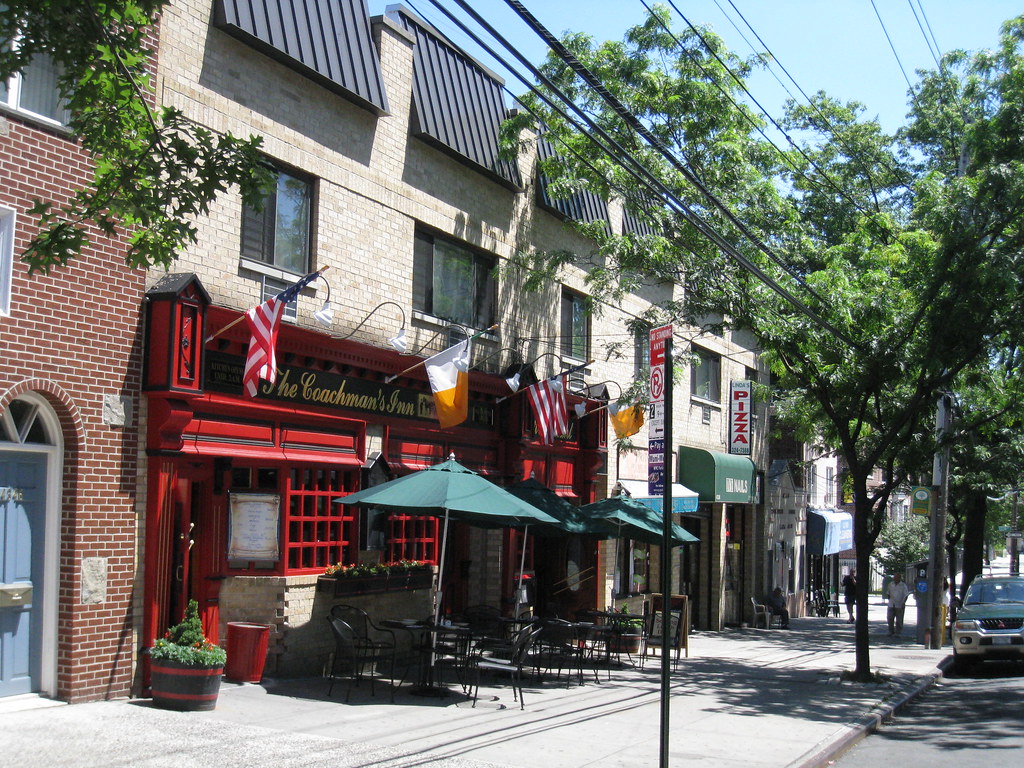 who demanded sanity trials accusing the radio of hypnotism & were left with their insanity & their hands & a hung jury,
Market, Flushing Queens
who demanded sanity trials accusing the radio of hypnotism & were left with their insanity & their hands & a hung jury,
Market, Flushing Queens
 who threw potato salad at CCNY lecturers on Dadaism and subsequently presented themselves on the granite steps of the madhouse with shaven heads and harlequin speech of suicide, demanding
who threw potato salad at CCNY lecturers on Dadaism and subsequently presented themselves on the granite steps of the madhouse with shaven heads and harlequin speech of suicide, demanding
instantaneous lobotomy,
City College towers above the Harlem streets below, Manhattan
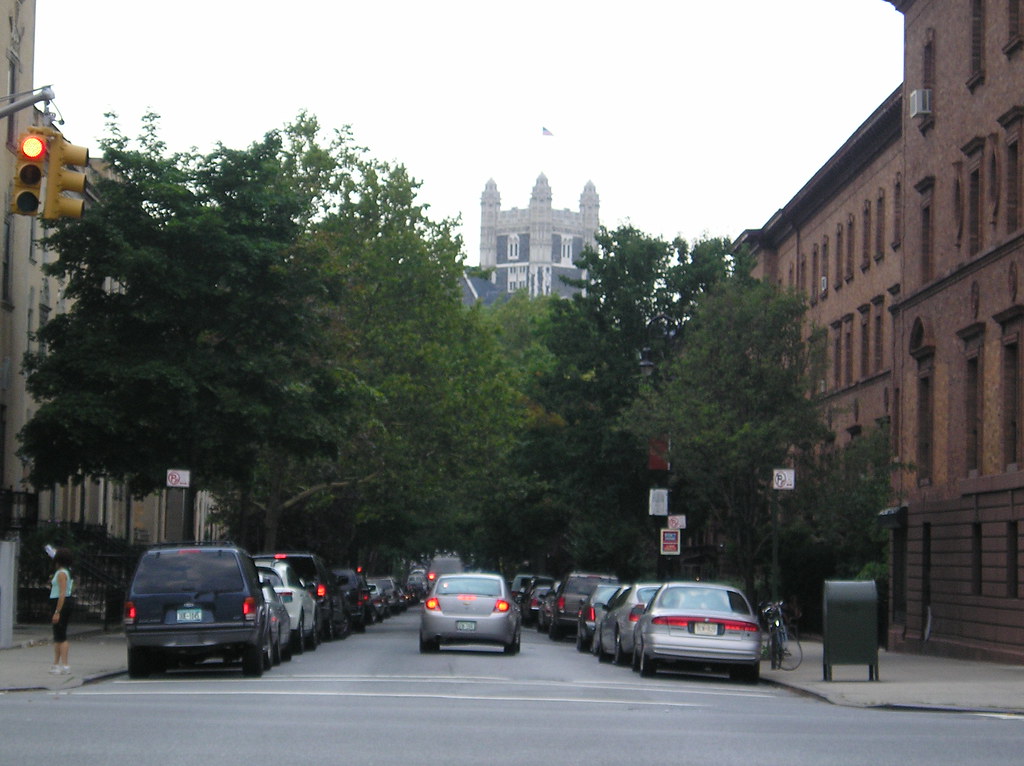 and who were given instead the concrete void of insulin Metrazol electricity hydrotherapy psychotherapy occupational therapy pingpong & amnesia,
Watch your step, Washington Heights, Uptown Manhattan
and who were given instead the concrete void of insulin Metrazol electricity hydrotherapy psychotherapy occupational therapy pingpong & amnesia,
Watch your step, Washington Heights, Uptown Manhattan
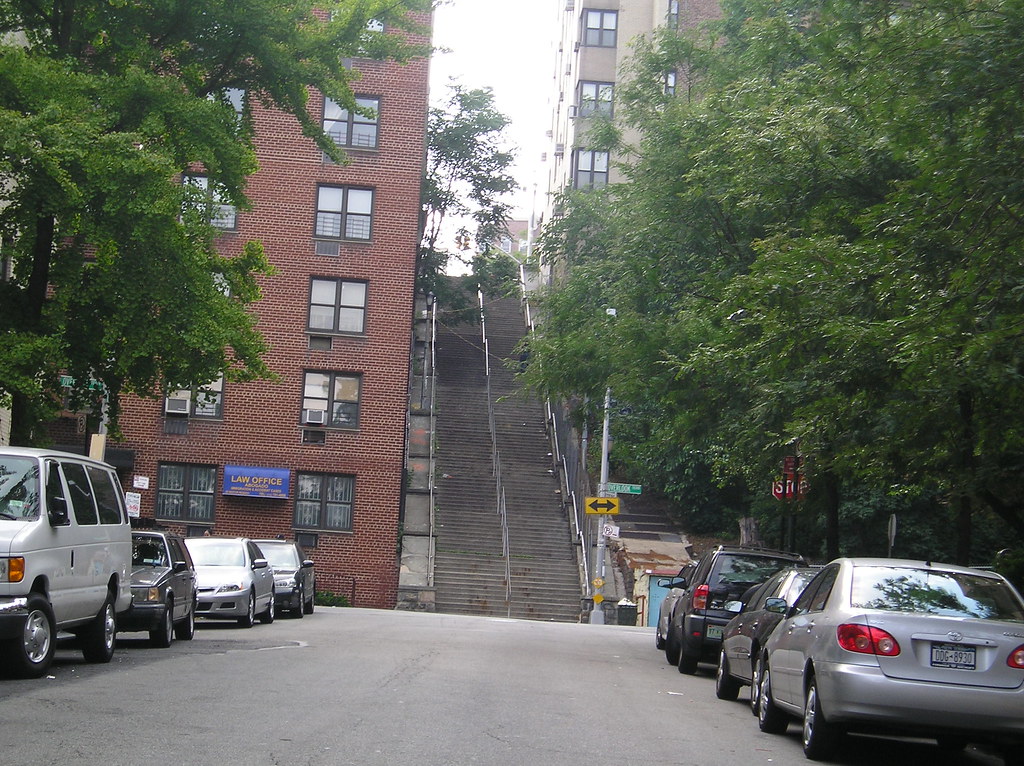 who in humorless protest overturned only one symbolic pingpong table, resting briefly in catatonia, returning years later truly bald except for a wig of blood, and tears and fingers, to the visible mad man doom of the wards of the madtowns of the East,
Fuck Yoga, North of Houston street, Manhattan
who in humorless protest overturned only one symbolic pingpong table, resting briefly in catatonia, returning years later truly bald except for a wig of blood, and tears and fingers, to the visible mad man doom of the wards of the madtowns of the East,
Fuck Yoga, North of Houston street, Manhattan
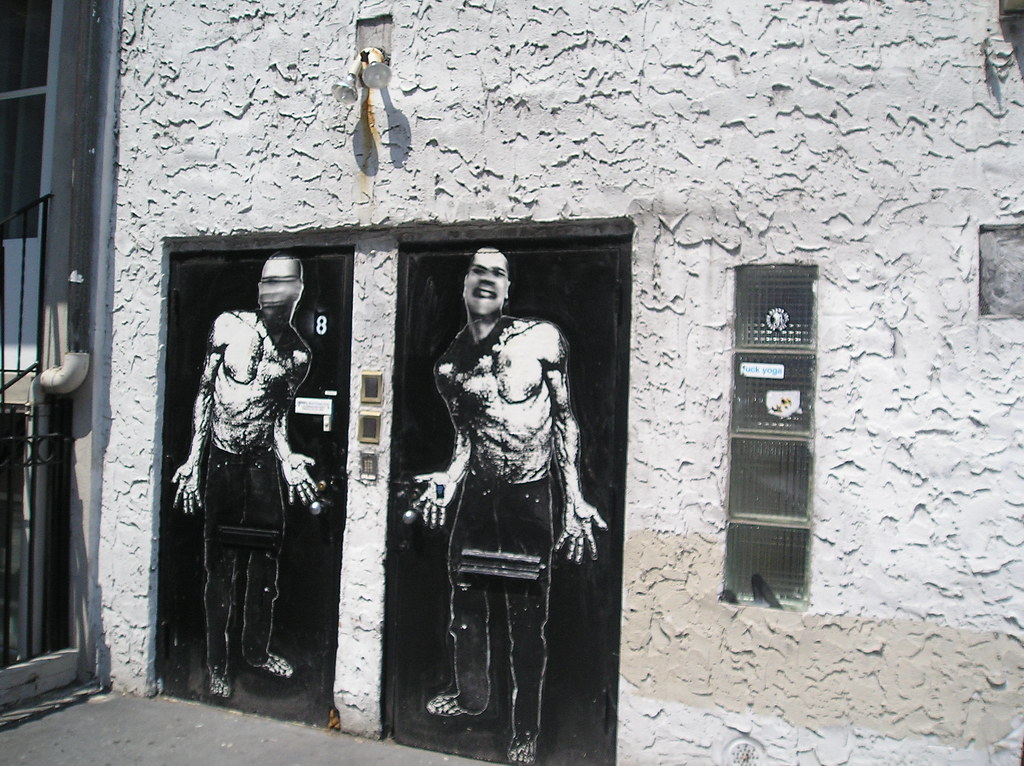 Pilgrim State's Rockland's and Greystone's foetid
Pilgrim State's Rockland's and Greystone's foetid
halls, bickering with the echoes of the soul, rocking and rolling in the midnight solitude-bench dolmen-realms of love, dream of life a nightmare, bodies turned to stone as heavy as the moon,
Got gum and cigarettes? Hempstead Long Island
 with mother finally ******, and the last fantastic book flung out of the tenement window, and the last door closed at 4. A.M. and the last telephone slammed at the wall in reply and the last
with mother finally ******, and the last fantastic book flung out of the tenement window, and the last door closed at 4. A.M. and the last telephone slammed at the wall in reply and the last
furnished room emptied down to the last piece of mental furniture, a yellow paper rose twisted on a wire hanger in the closet, and even that imaginary, nothing but a hopeful little bit of hallucination
NYC’s finest, NoLiTa (North of Little Italy)
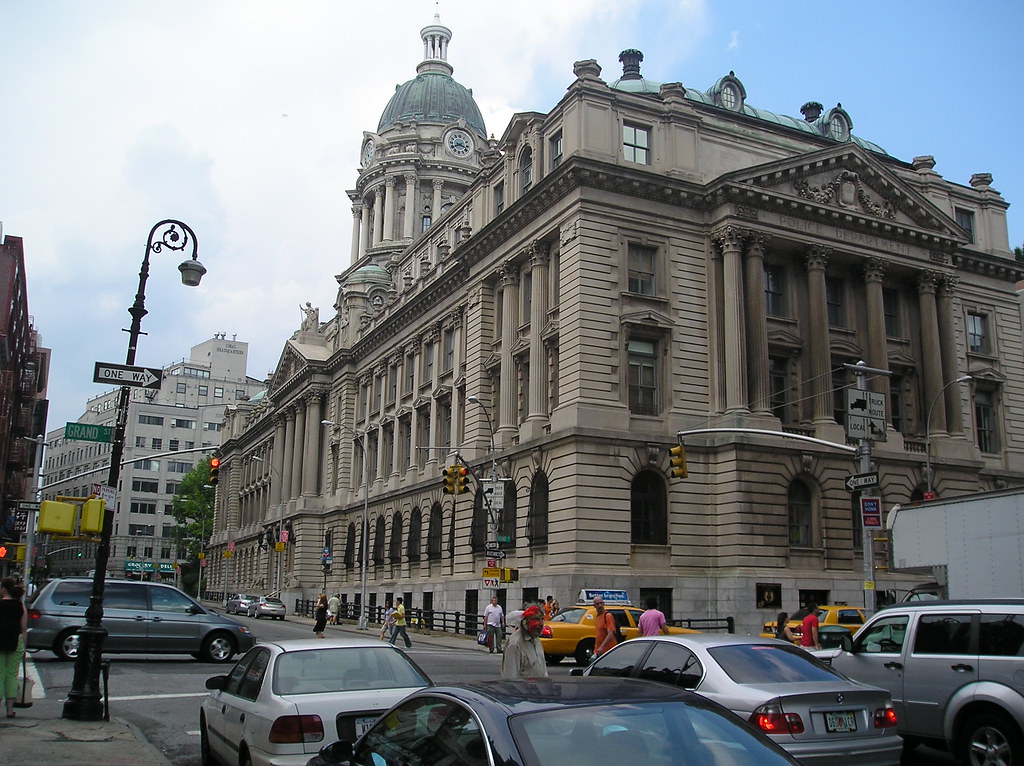 ah, Carl, while you are not safe I am not safe, and now you're really in the total animal soup of time
Meanwhile on the northern tip of Manhattan, Harlem river
ah, Carl, while you are not safe I am not safe, and now you're really in the total animal soup of time
Meanwhile on the northern tip of Manhattan, Harlem river
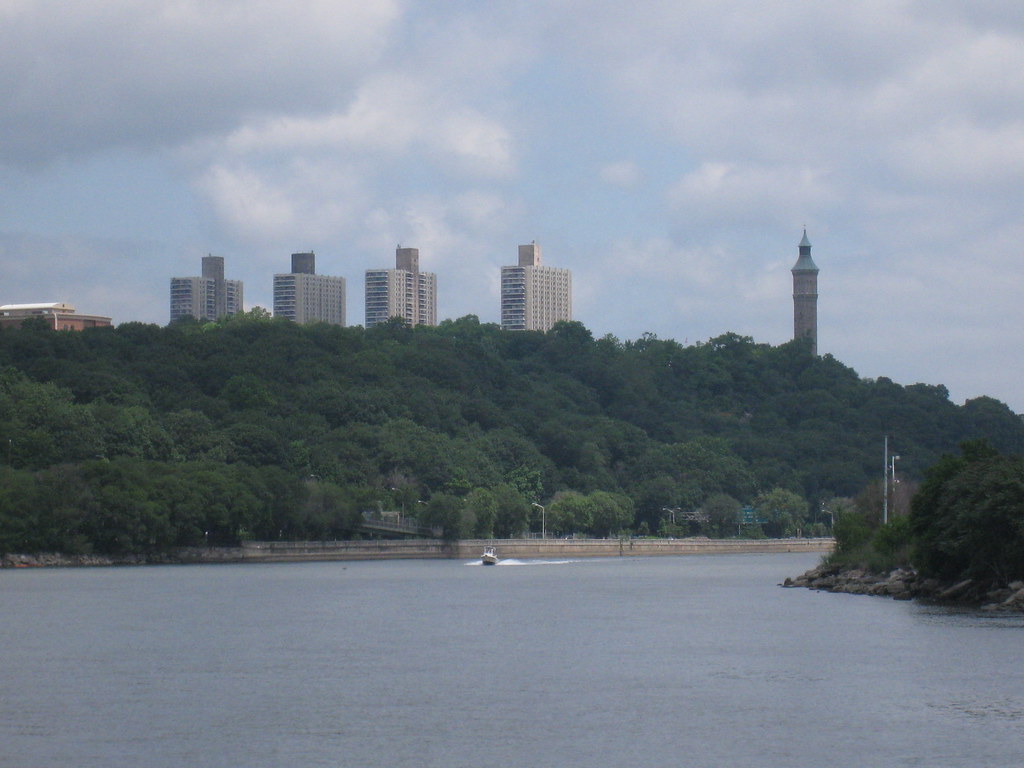 and who therefore ran through the icy streets obsessed with a sudden flash of the alchemy of the use of the ellipse the catalog the meter & the vibrating plane,
Chilly Day on the Boulevard, Longwood, The Bronx
and who therefore ran through the icy streets obsessed with a sudden flash of the alchemy of the use of the ellipse the catalog the meter & the vibrating plane,
Chilly Day on the Boulevard, Longwood, The Bronx
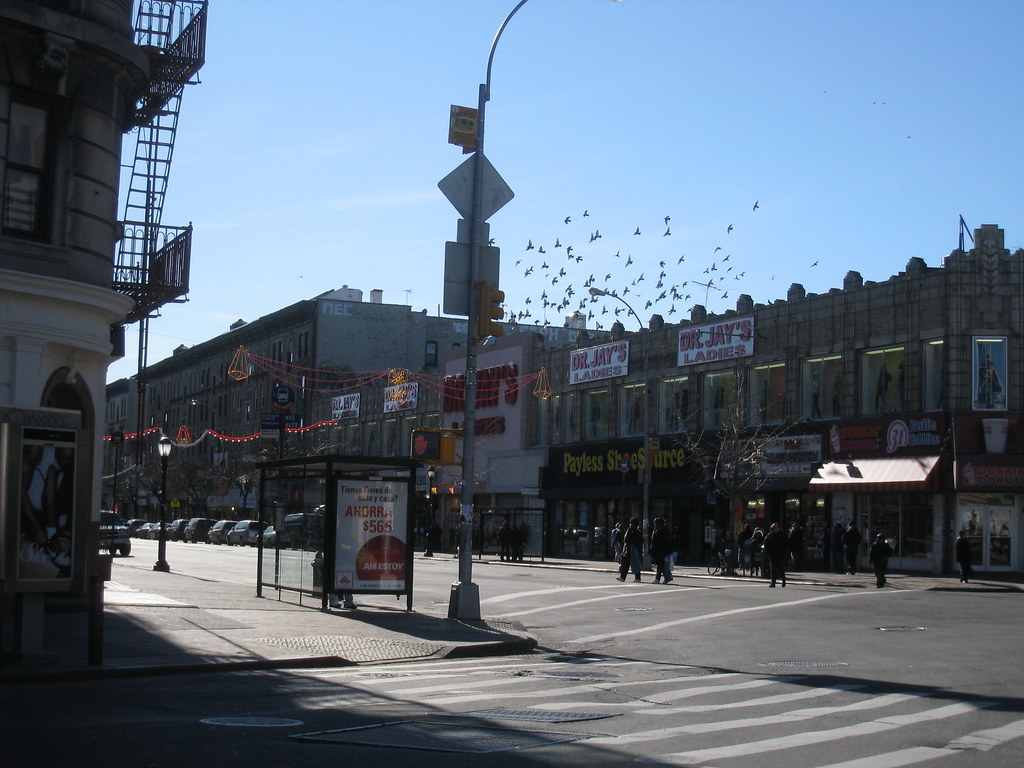 who dreamt and made incarnate gaps in Time & Space through images juxtaposed, and trapped the archangel of the soul between 2 visual images and joined the elemental verbs and set the noun
who dreamt and made incarnate gaps in Time & Space through images juxtaposed, and trapped the archangel of the soul between 2 visual images and joined the elemental verbs and set the noun
and dash of consciousness together jumping with sensation of Pater Omnipotens Aeternadeus
The loving confines of the Bronx, Tremont Section
 to recreate the syntax and measure of poor human prose and stand before you speechless and intelligent and shaking with shame, rejected yet confessing out the soul to conform to the rhythm of thought in his naked and endless head, the madman bum and angel beat in Time, unknown, yet putting down here what might be left to say in time come after death,
Korean take over, Flushing Queens
to recreate the syntax and measure of poor human prose and stand before you speechless and intelligent and shaking with shame, rejected yet confessing out the soul to conform to the rhythm of thought in his naked and endless head, the madman bum and angel beat in Time, unknown, yet putting down here what might be left to say in time come after death,
Korean take over, Flushing Queens
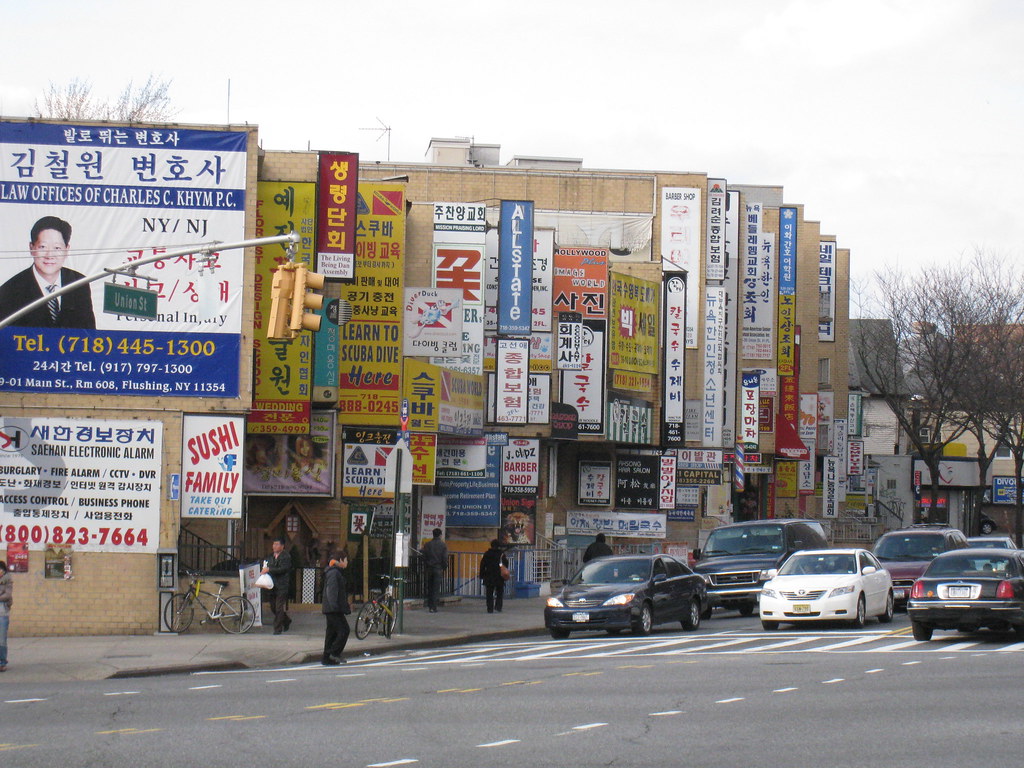 and rose reincarnate in the ghostly clothes of jazz in the goldhorn shadow of the band and blew the suffering of America's naked mind for love into an eli eli lamma lamma sabacthani saxophone cry that shivered the cities down to the last radio with the absolute heart of the poem of life butchered out of their own bodies good to eat a thousand
and rose reincarnate in the ghostly clothes of jazz in the goldhorn shadow of the band and blew the suffering of America's naked mind for love into an eli eli lamma lamma sabacthani saxophone cry that shivered the cities down to the last radio with the absolute heart of the poem of life butchered out of their own bodies good to eat a thousand
years
Overlooking Williamsburg, Brooklyn
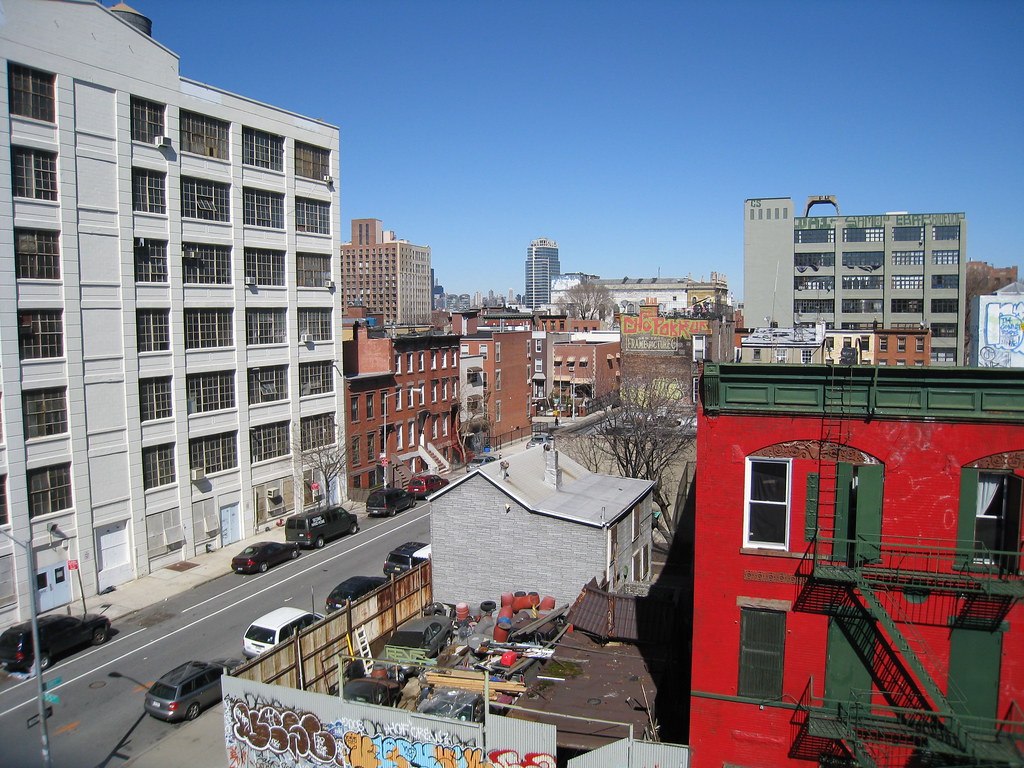 What sphinx of cement and aluminum bashed open their skulls and ate up their brains and imagination?
The Mets’ Muddy backyard, Willets Point, Queens
What sphinx of cement and aluminum bashed open their skulls and ate up their brains and imagination?
The Mets’ Muddy backyard, Willets Point, Queens
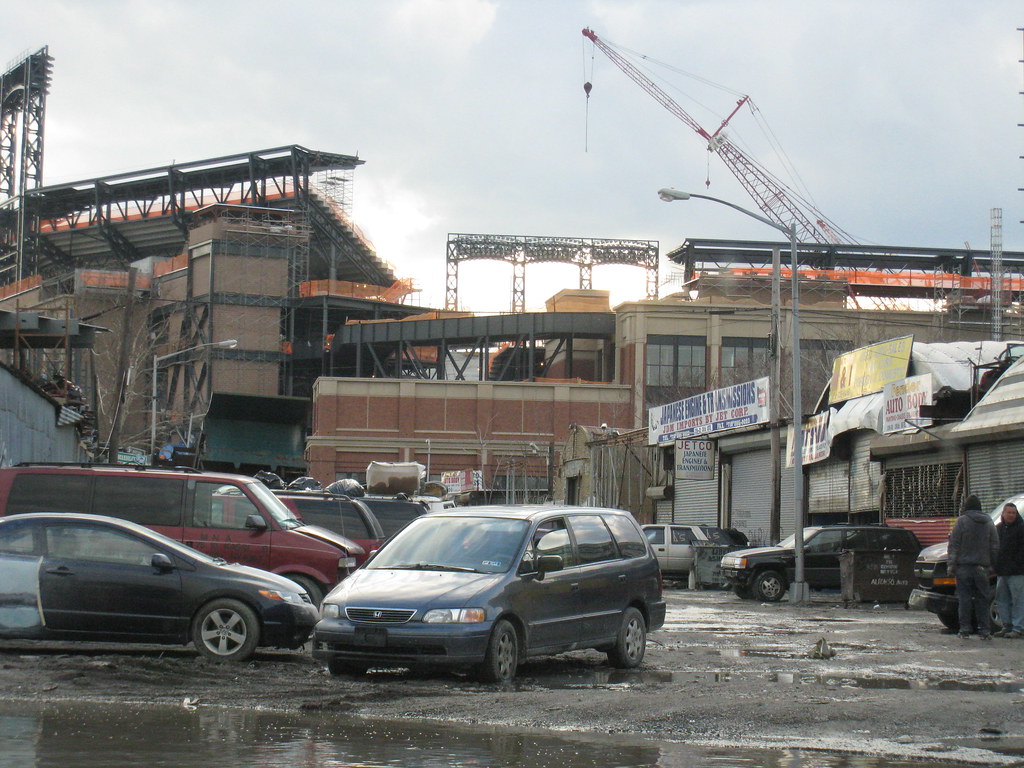 Moloch! Solitude! Filth! Ugliness! Ashcans and unobtainable dollars! Children screaming under the stairways! Boys sobbing in armies! Old men weeping in the parks!
Moloch! Solitude! Filth! Ugliness! Ashcans and unobtainable dollars! Children screaming under the stairways! Boys sobbing in armies! Old men weeping in the parks!
The old city, Lower Manhattan from the Brooklyn Promenade
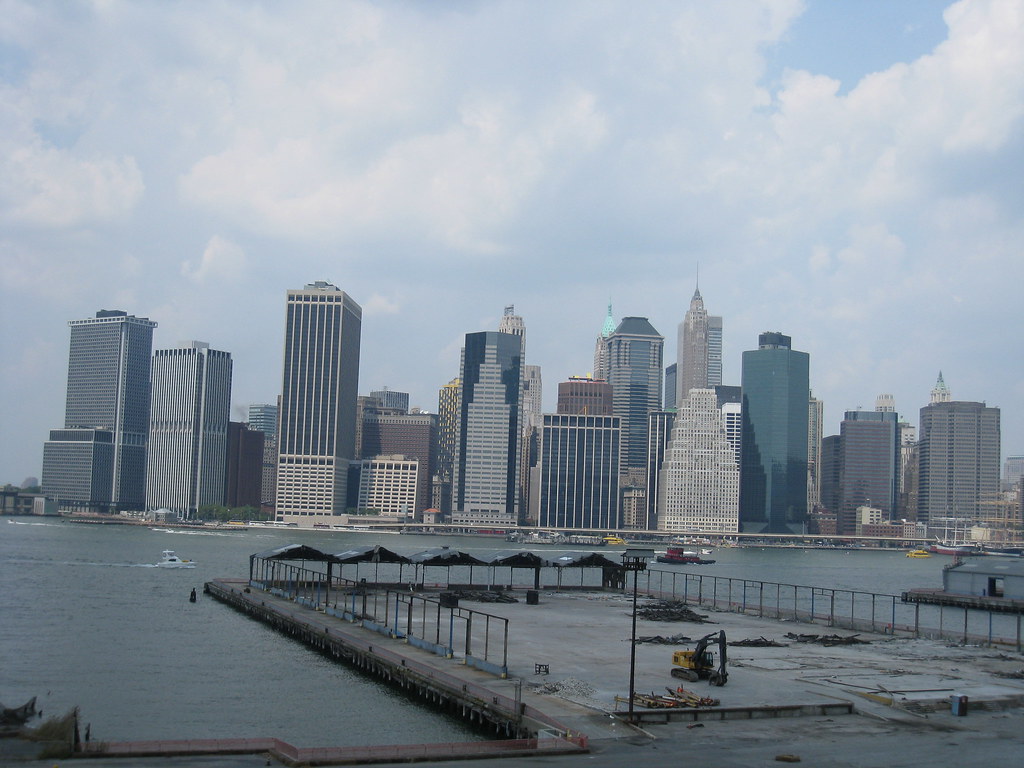 Moloch! Moloch! Nightmare of Moloch! Moloch the
Moloch! Moloch! Nightmare of Moloch! Moloch the
loveless! Mental Moloch! Moloch the heavy judger of men!
Grab a bite? Arthur Avenue, Little Italy in the Bronx
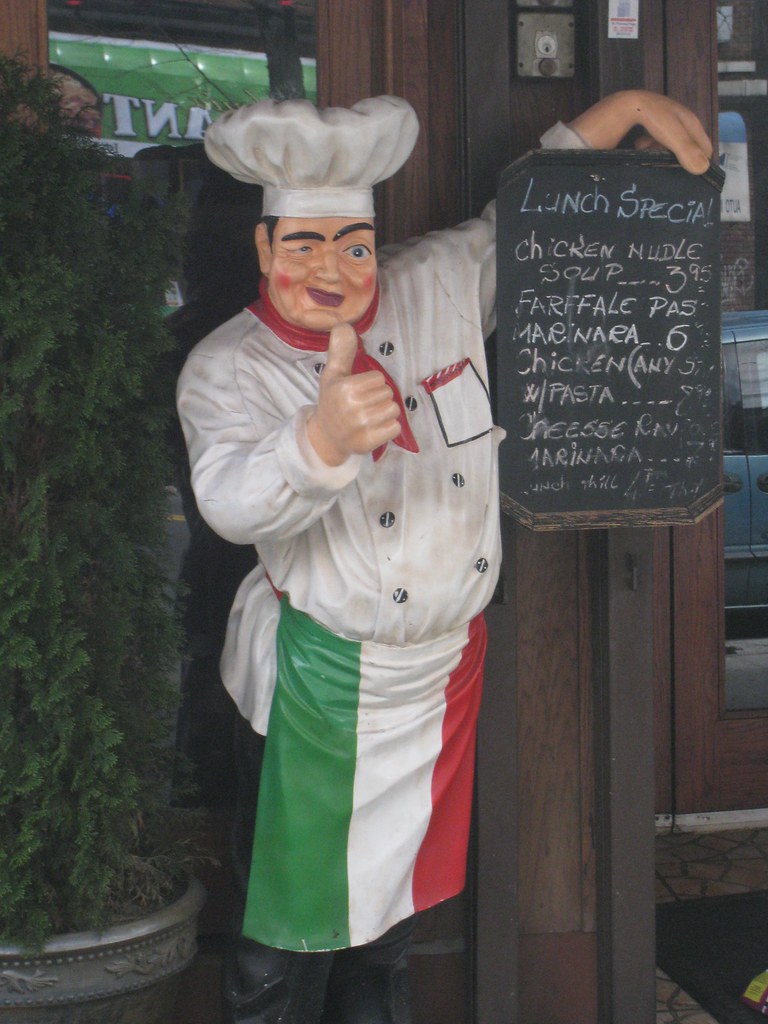 Moloch the incomprehensible prison! Moloch the
Moloch the incomprehensible prison! Moloch the
crossbone soulless jailhouse and Congress of sorrows! Moloch whose buildings are judgment! Moloch the vast stone of war! Moloch the stunned governments!
Greek Taverna, Port Washington, Long Island north shore
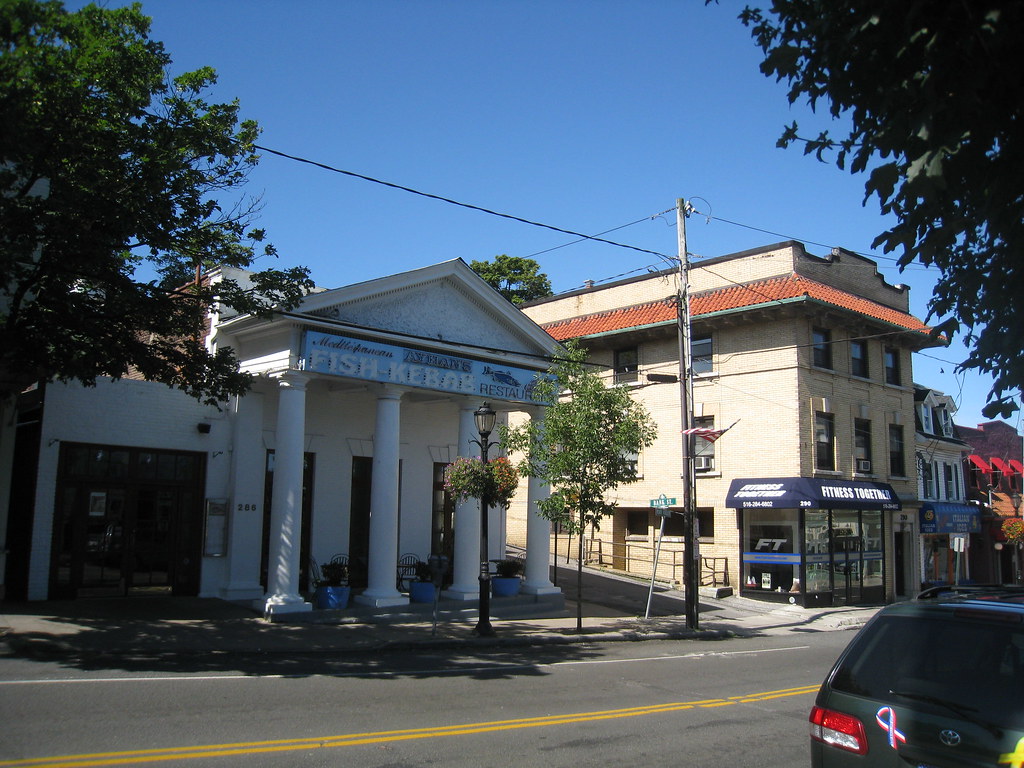 Moloch whose mind is pure machinery! Moloch whose blood is running money! Moloch whose fingers are ten armies! Moloch whose breast is a cannibal dynamo! Moloch whose ear is a smoking tomb!
Neglected Jewish Cemetery, Cypress Hills Brooklyn
Moloch whose mind is pure machinery! Moloch whose blood is running money! Moloch whose fingers are ten armies! Moloch whose breast is a cannibal dynamo! Moloch whose ear is a smoking tomb!
Neglected Jewish Cemetery, Cypress Hills Brooklyn
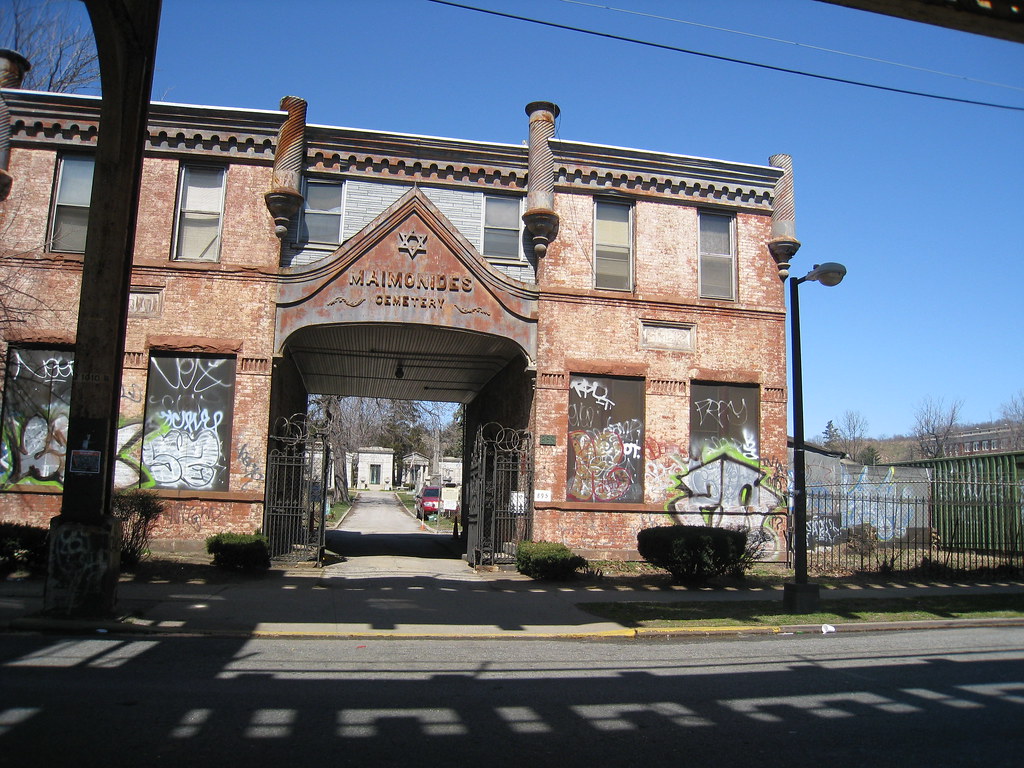 Moloch whose eyes are a thousand blind windows! Moloch whose skyscrapers stand in the long streets like endless Jehovahs! Moloch whose factories dream and croak in the fog! Moloch whose
Moloch whose eyes are a thousand blind windows! Moloch whose skyscrapers stand in the long streets like endless Jehovahs! Moloch whose factories dream and croak in the fog! Moloch whose
smokestacks and antennae crown the cities!
Layers of Lower Manhattan
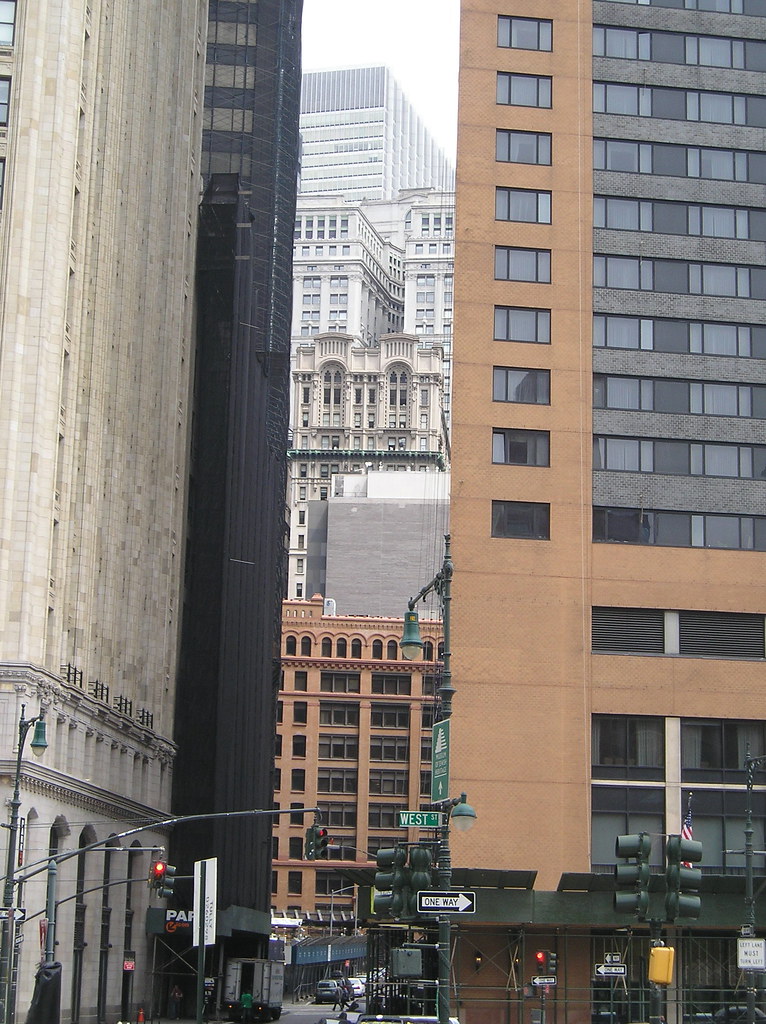 Moloch whose love is endless oil and stone! Moloch whose soul is electricity and banks! Moloch whose poverty is the specter of genius! Moloch whose fate is a cloud of sexless hydrogen!
Moloch whose love is endless oil and stone! Moloch whose soul is electricity and banks! Moloch whose poverty is the specter of genius! Moloch whose fate is a cloud of sexless hydrogen!
Moloch whose name is the Mind!
A reminder in Port Richmond, Staten Island
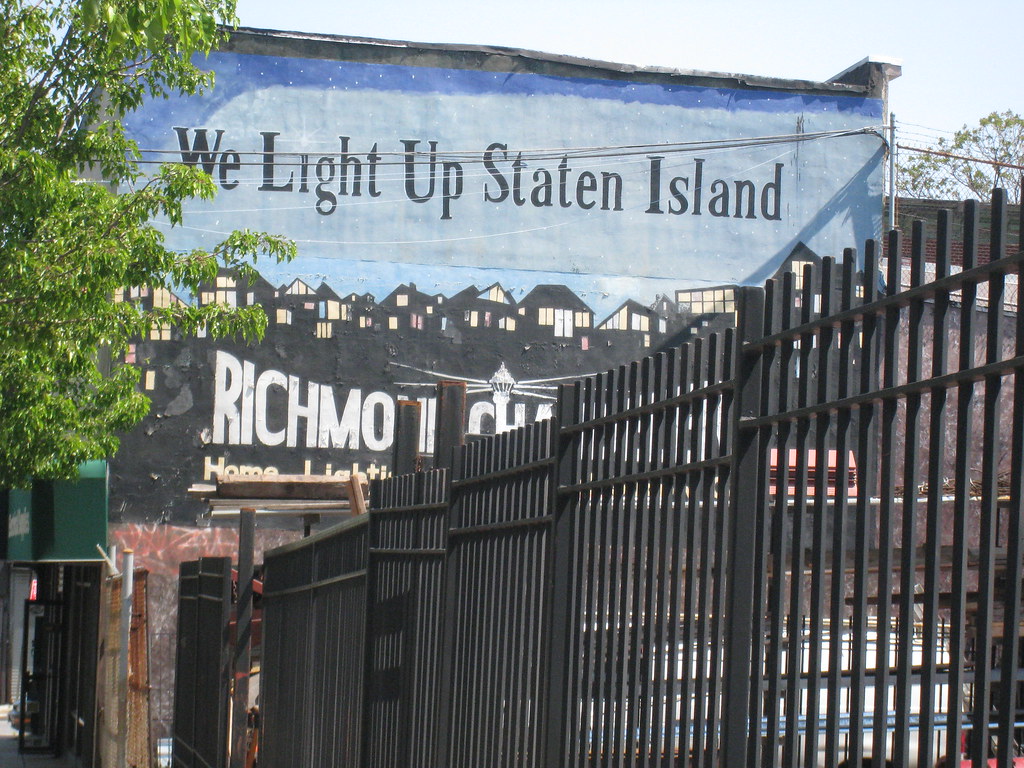 Moloch in whom I sit lonely! Moloch in whom I dream Angels! Crazy in Moloch! Cocksucker in Moloch! Lacklove and manless in Moloch!
Newark’s West side, New Jersey
Moloch in whom I sit lonely! Moloch in whom I dream Angels! Crazy in Moloch! Cocksucker in Moloch! Lacklove and manless in Moloch!
Newark’s West side, New Jersey
 Moloch who entered my soul early! Moloch in whom I am a consciousness without a body! Moloch who frightened me out of my natural ecstasy! Moloch whom I abandon! Wake up in Moloch! Light streaming out of the sky!
Greatness once stood here, Penn Station, Midtown Manhattan
Moloch who entered my soul early! Moloch in whom I am a consciousness without a body! Moloch who frightened me out of my natural ecstasy! Moloch whom I abandon! Wake up in Moloch! Light streaming out of the sky!
Greatness once stood here, Penn Station, Midtown Manhattan
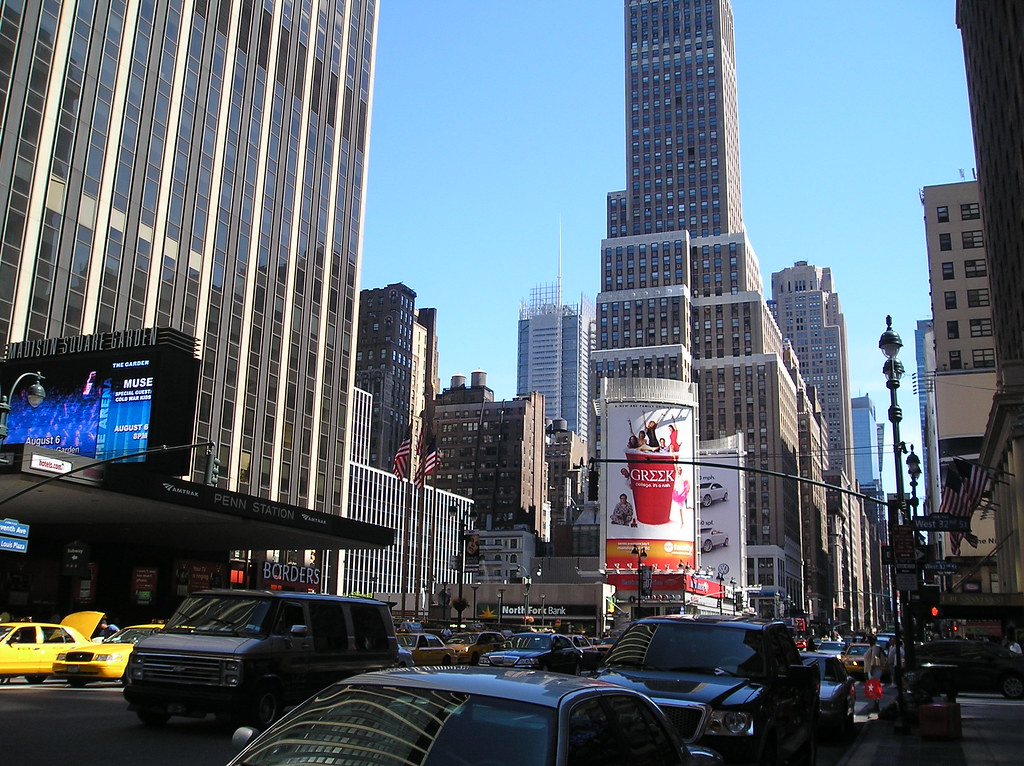 Moloch! Moloch! Robot apartments! invisible suburbs! skeleton treasuries! blind capitals! demonic industries! spectral nations! invincible mad houses! granite cocks! monstrous bombs!
Just before 9 am, Chelsea, Manhattan
Moloch! Moloch! Robot apartments! invisible suburbs! skeleton treasuries! blind capitals! demonic industries! spectral nations! invincible mad houses! granite cocks! monstrous bombs!
Just before 9 am, Chelsea, Manhattan
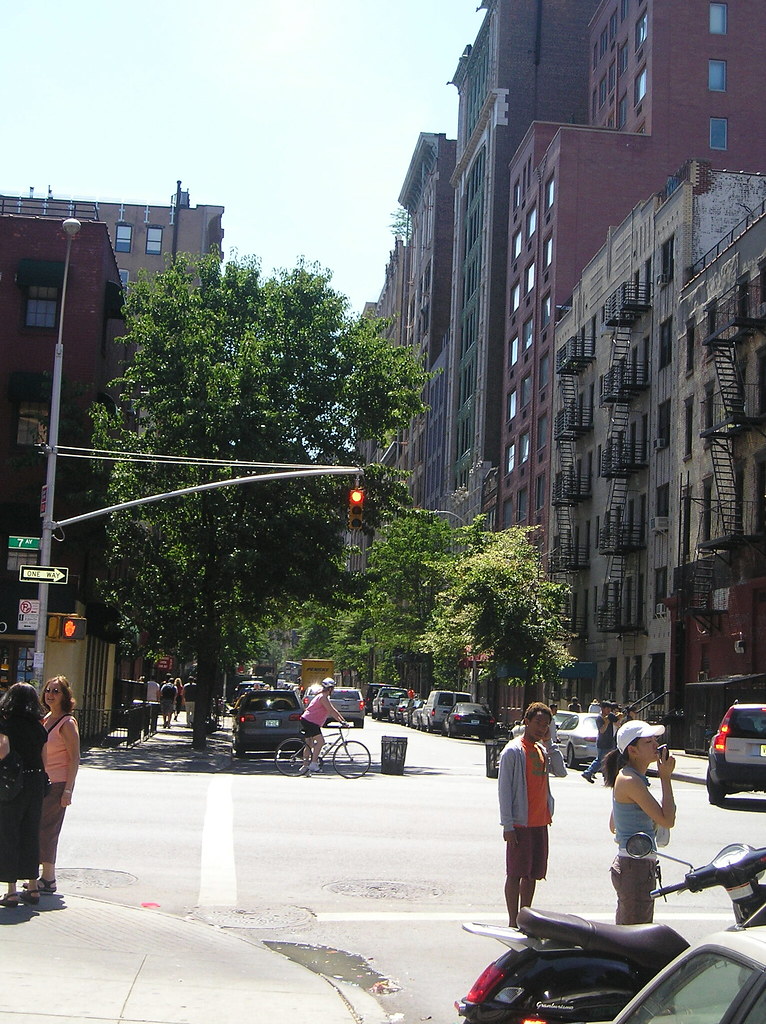 They broke their backs lifting Moloch to Heaven! Pavements, trees, radios, tons! lifting the city to Heaven which exists and is everywhere about us!
Under the Henry Hudson, Morningside Heights, Manhattan
They broke their backs lifting Moloch to Heaven! Pavements, trees, radios, tons! lifting the city to Heaven which exists and is everywhere about us!
Under the Henry Hudson, Morningside Heights, Manhattan
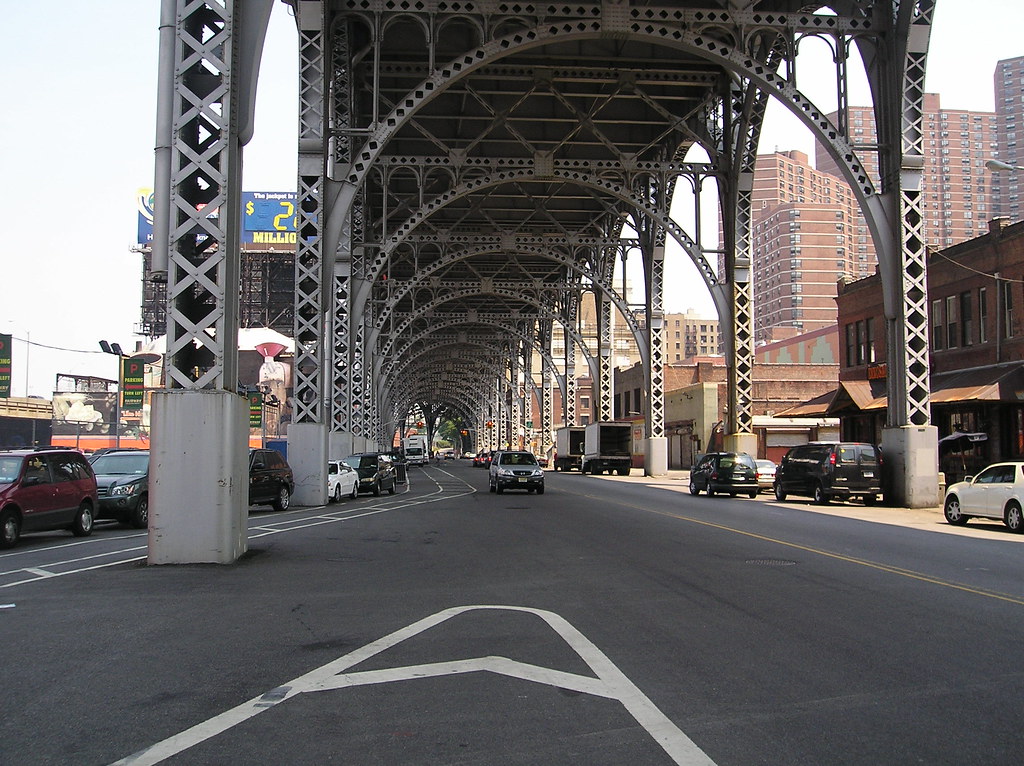 Visions! omens! hallucinations! miracles! ecstasies! gone down the American river! Dreams! adorations! illuminations! religions! the whole boatload of sensitive bullshit! Breakthroughs! over the river! flips and crucifixions! gone down the flood! Highs! Epiphanies!
Visions! omens! hallucinations! miracles! ecstasies! gone down the American river! Dreams! adorations! illuminations! religions! the whole boatload of sensitive bullshit! Breakthroughs! over the river! flips and crucifixions! gone down the flood! Highs! Epiphanies!
Despairs! Ten years' animal screams and suicides! Minds! New loves! Mad generation! down on the rocks of Time!
Towers across the river, North Bergen Township, New Jersey
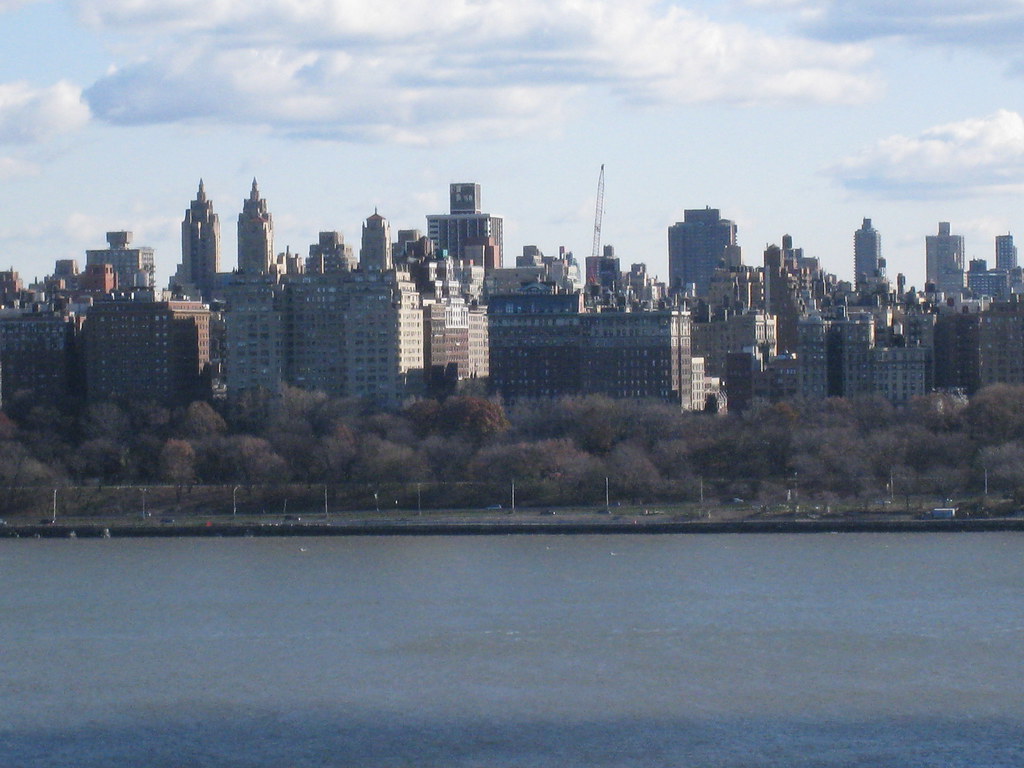 Real holy laughter in the river! They saw it all! the wild eyes! the holy yells! They bade farewell! They jumped off the roof! to solitude! waving! carrying flowers! Down to the river! into the street!
Sun bathers-Look out for hypodermic needles, Gerritsen Beach, Brooklyn
Real holy laughter in the river! They saw it all! the wild eyes! the holy yells! They bade farewell! They jumped off the roof! to solitude! waving! carrying flowers! Down to the river! into the street!
Sun bathers-Look out for hypodermic needles, Gerritsen Beach, Brooklyn
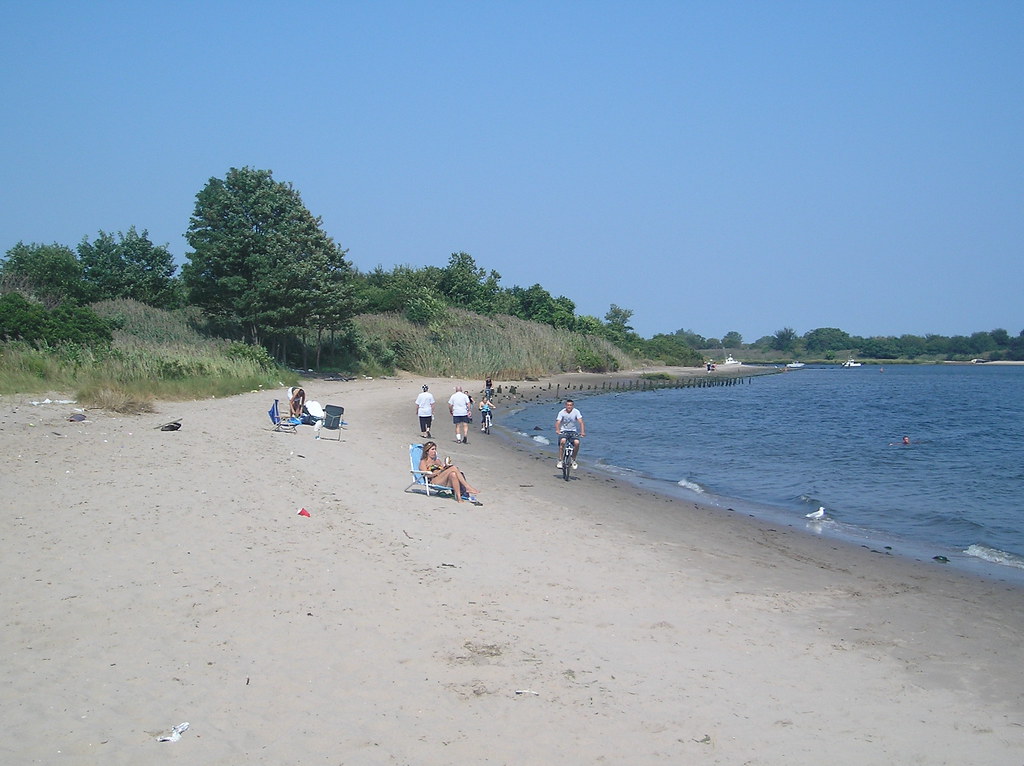
..................
Carl Solomon! I'm with you in Rockland where you're madder than I am
I'm with you in Rockland where you must feel very strange
Our own condoms, St. George, Staten Island
 I'm with you in Rockland where you imitate the shade of my mother I'm with you in Rockland where you've murdered your twelve secretaries I'm with you in Rockland where you laugh at this invisible humor
Buzzing 125th street, Harlem, Manhattan
I'm with you in Rockland where you imitate the shade of my mother I'm with you in Rockland where you've murdered your twelve secretaries I'm with you in Rockland where you laugh at this invisible humor
Buzzing 125th street, Harlem, Manhattan
 I'm with you in Rockland where we are great writers on the same dreadful typewriter I'm with you in Rockland where your condition has become serious and is reported on the radio
I'm with you in Rockland where we are great writers on the same dreadful typewriter I'm with you in Rockland where your condition has become serious and is reported on the radio
I'm with you in Rockland where the faculties of the skull no longer admit
the worms of the senses
Resting on Allen Street, The Lower East Side, Manhattan
 I'm with you in Rockland where you drink the tea of the breasts of the spinsters of Utica I'm with you in Rockland where you pun on the bodies of your nurses the harpies of the Bronx
I'm with you in Rockland where you drink the tea of the breasts of the spinsters of Utica I'm with you in Rockland where you pun on the bodies of your nurses the harpies of the Bronx
I'm with you in Rockland where you scream in a straightjacket that you're
losing the game of the actual pingpong of the abyss
Fix a Flat, Highbridge, Bronx
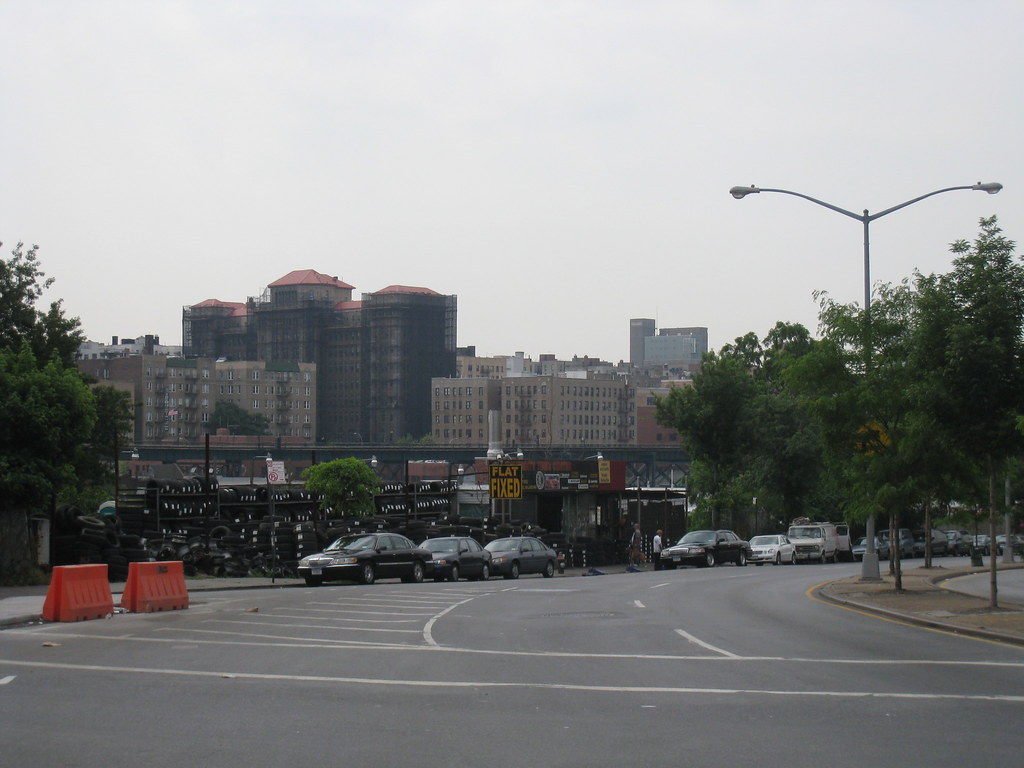 I'm with you in Rockland where you bang on the catatonic piano the soul is innocent and immortal it should never die
I'm with you in Rockland where you bang on the catatonic piano the soul is innocent and immortal it should never die
ungodly in an armed madhouse I'm with you in Rockland where fifty more shocks will never return your soul to its body again from its pilgrimage to a
cross in the void I'm with you in Rockland where you accuse your doctors of insanity and plot the Hebrew socialist revolution against the fascist national Golgotha
Hebrew Sign, Wingate Brooklyn
 I'm with you in Rockland where you will split the heavens of Long Island and resurrect your living human Jesus from the
I'm with you in Rockland where you will split the heavens of Long Island and resurrect your living human Jesus from the
superhuman tomb I'm with you in Rockland where there are twenty-five-thousand mad comrades all together singing the final stanzas of the Internationale
The train rolls through Lynbrook, Long Island
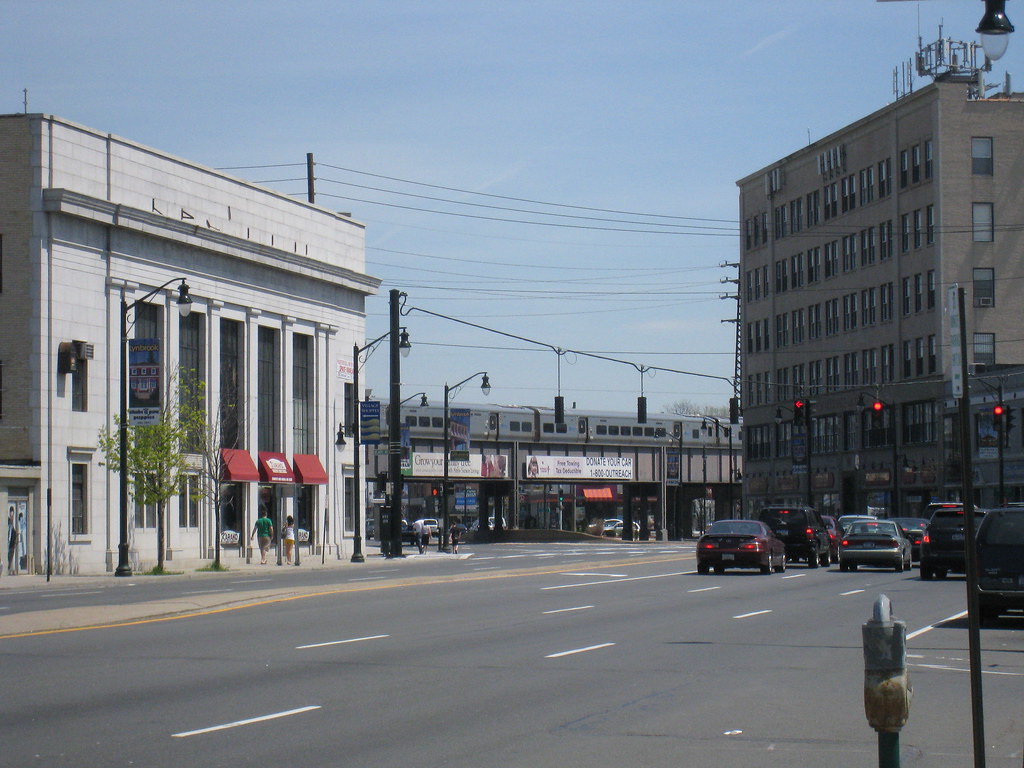 I'm with you in Rockland where we hug and kiss the United States under our bedsheets the United States that coughs all
I'm with you in Rockland where we hug and kiss the United States under our bedsheets the United States that coughs all
night and won't let us sleep I'm with you in Rockland where we wake up electrified out of the coma by our own souls' airplanes roaring over the
roof they've come to drop angelic bombs the hospital illuminates itself imaginary walls collapse O skinny legions run outside O starry spangled shock of mercy the eternal war is here O victory forget your underwear we're free
Whaaaaaaat, fight night! Springfield Gardens, Queens
 I'm with you in Rockland in my dreams you walk dripping from a sea journey on the highway across America in tears to the door of my cottage in the Western night
The birds of Whitestone street
I'm with you in Rockland in my dreams you walk dripping from a sea journey on the highway across America in tears to the door of my cottage in the Western night
The birds of Whitestone street
 - Howl, Allen Ginsberg, New York City, 1955
- Howl, Allen Ginsberg, New York City, 1955
__________________
Brooklyn: The Motherland.
Last edited by nygirl1; Mar 24, 2012 at 8:38 PM.
|



